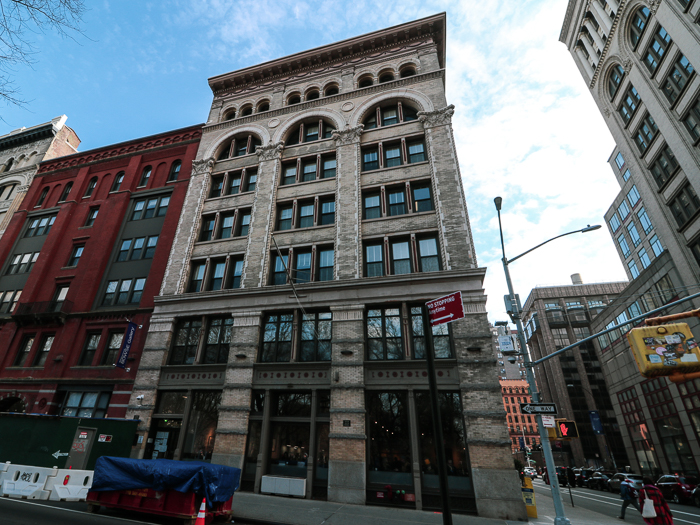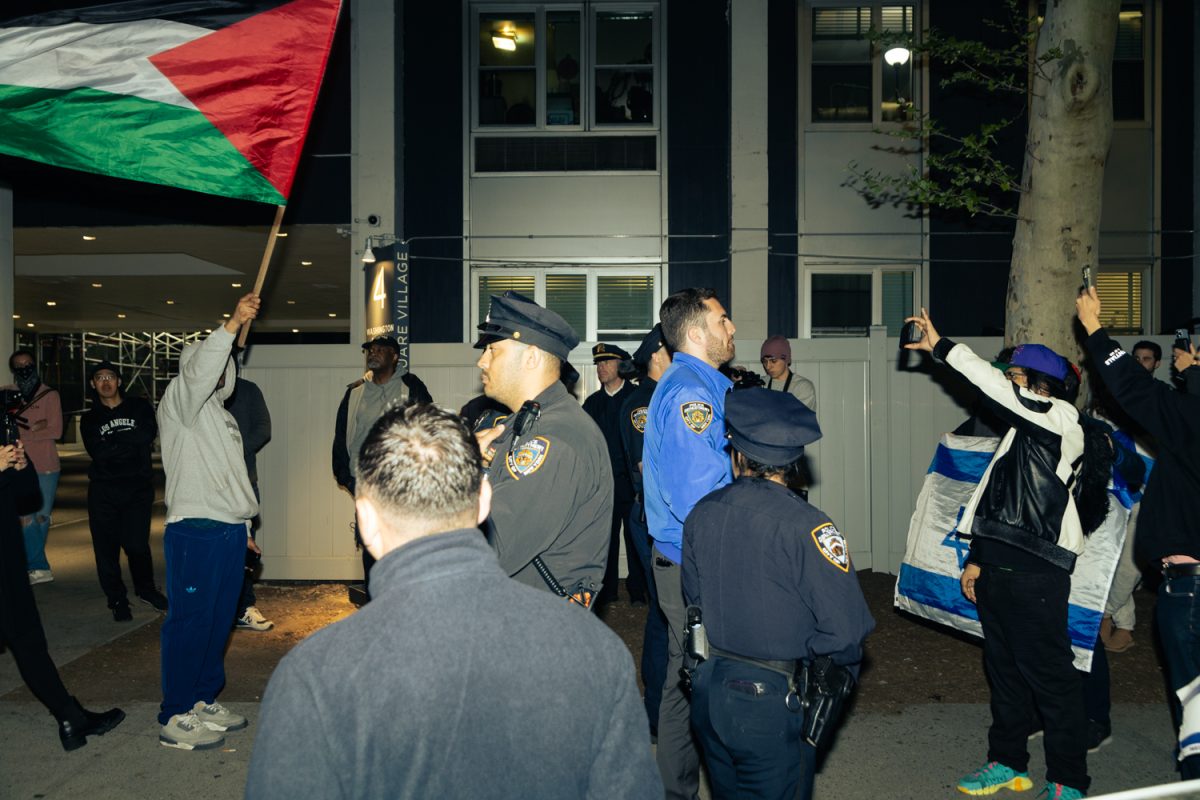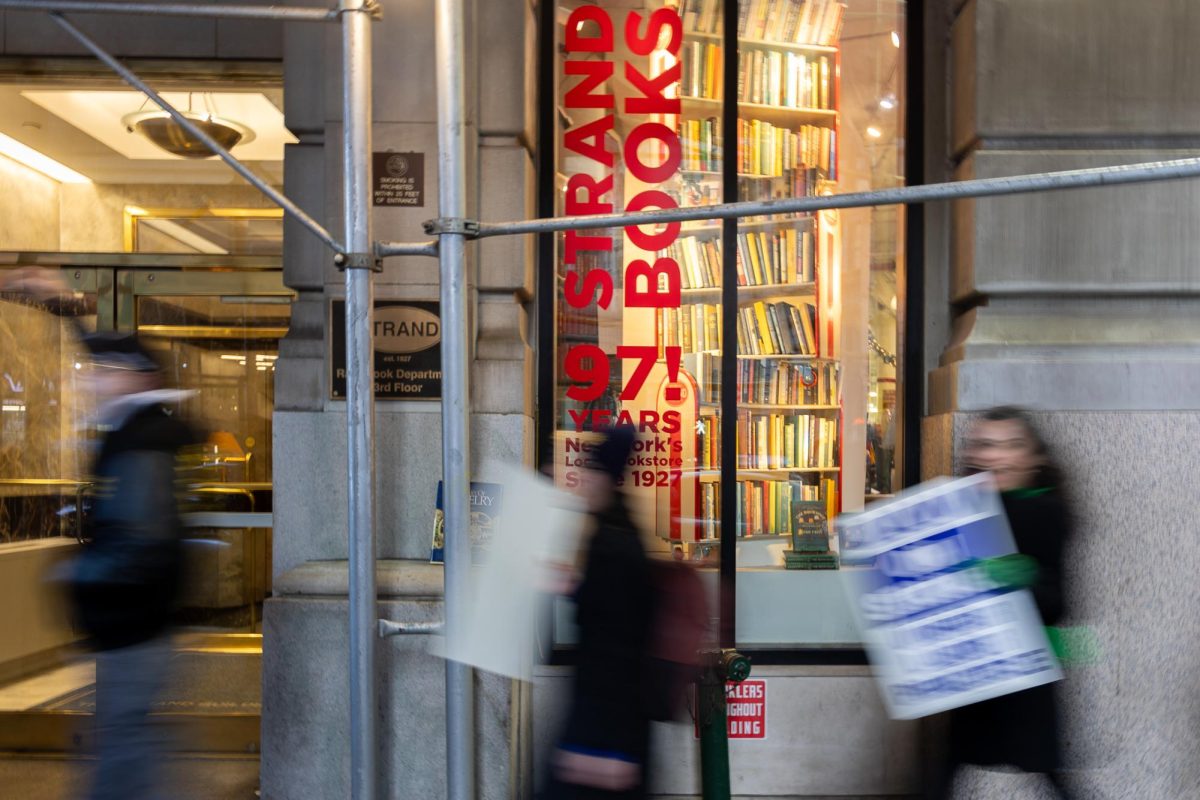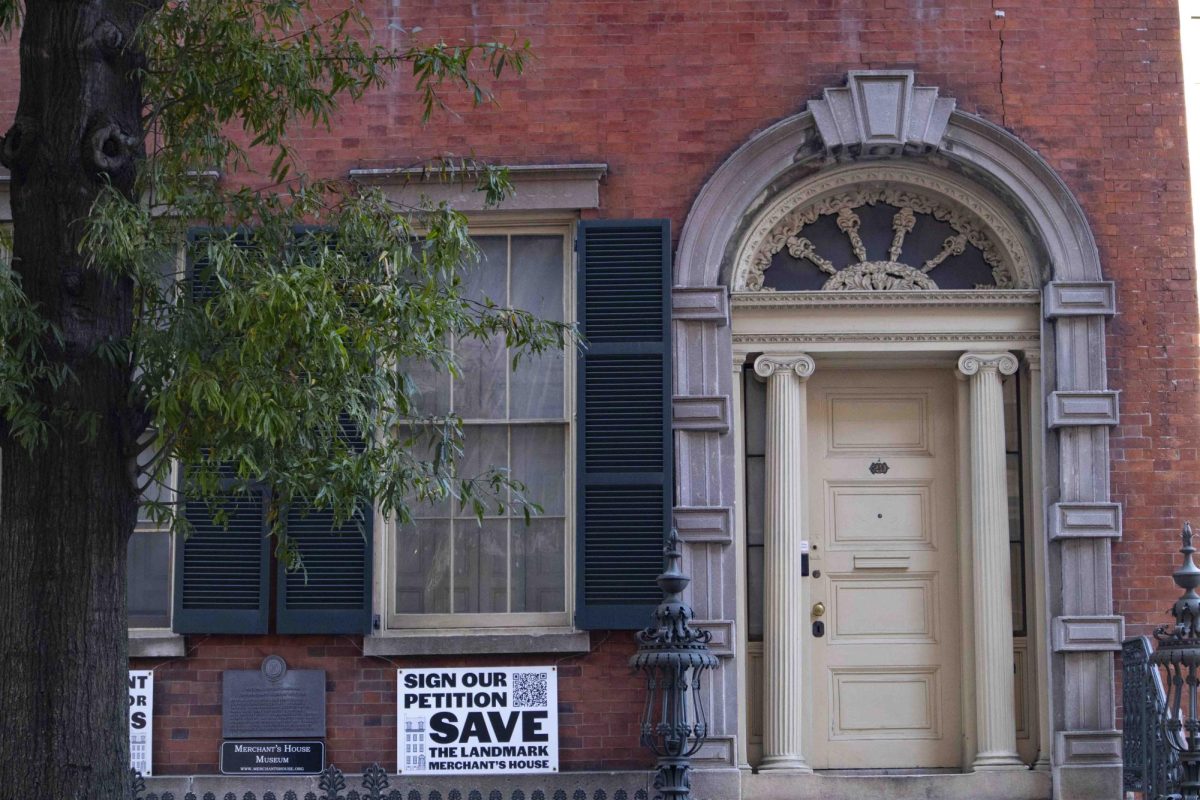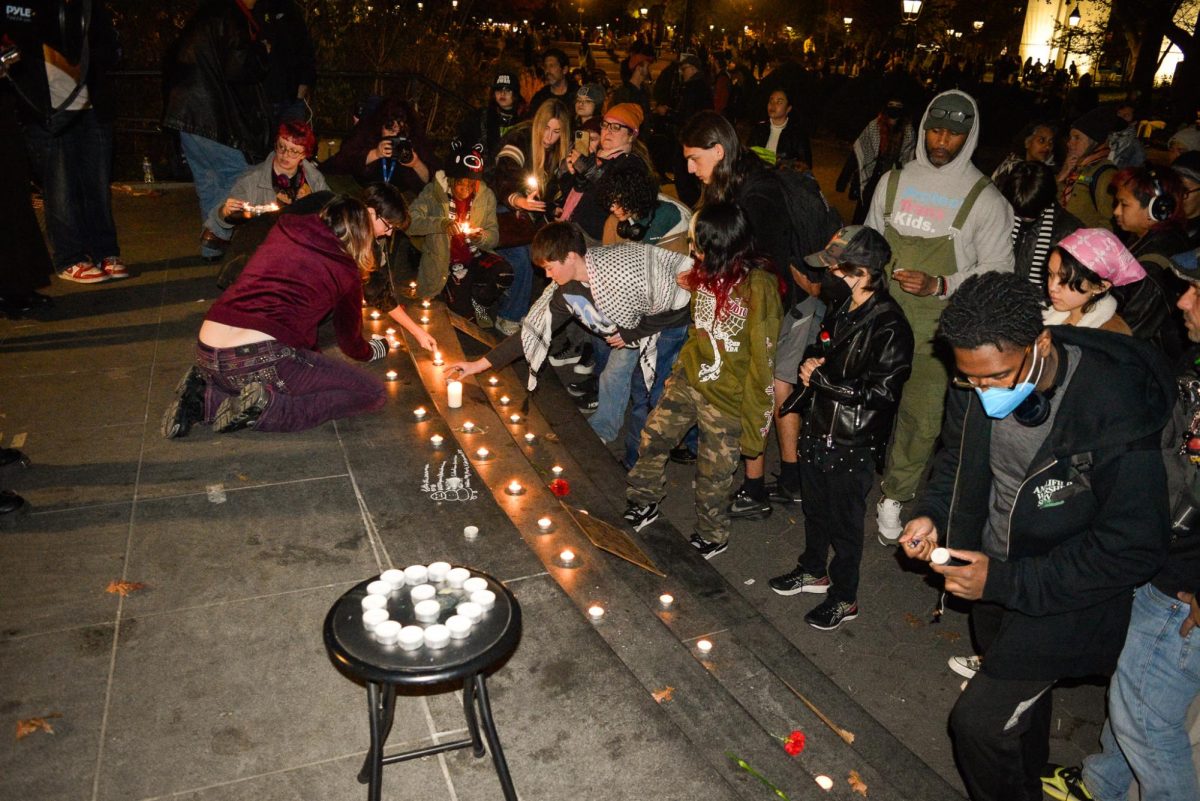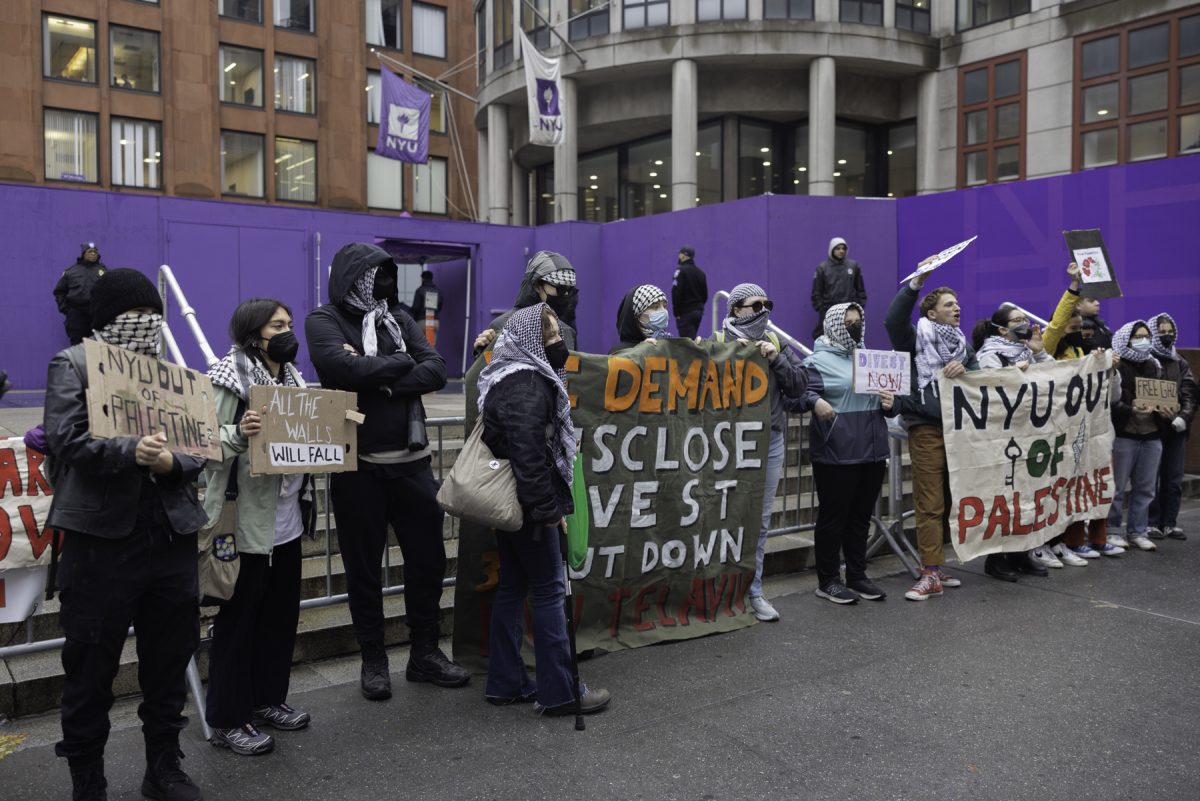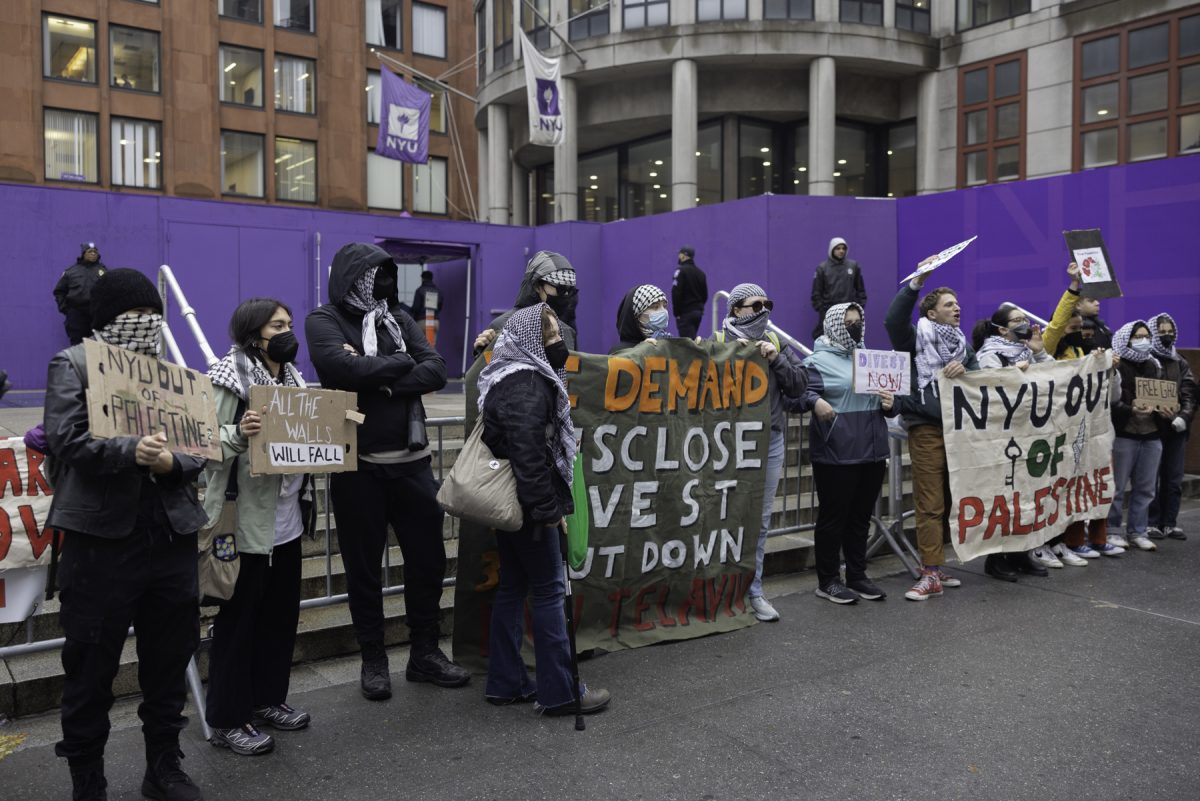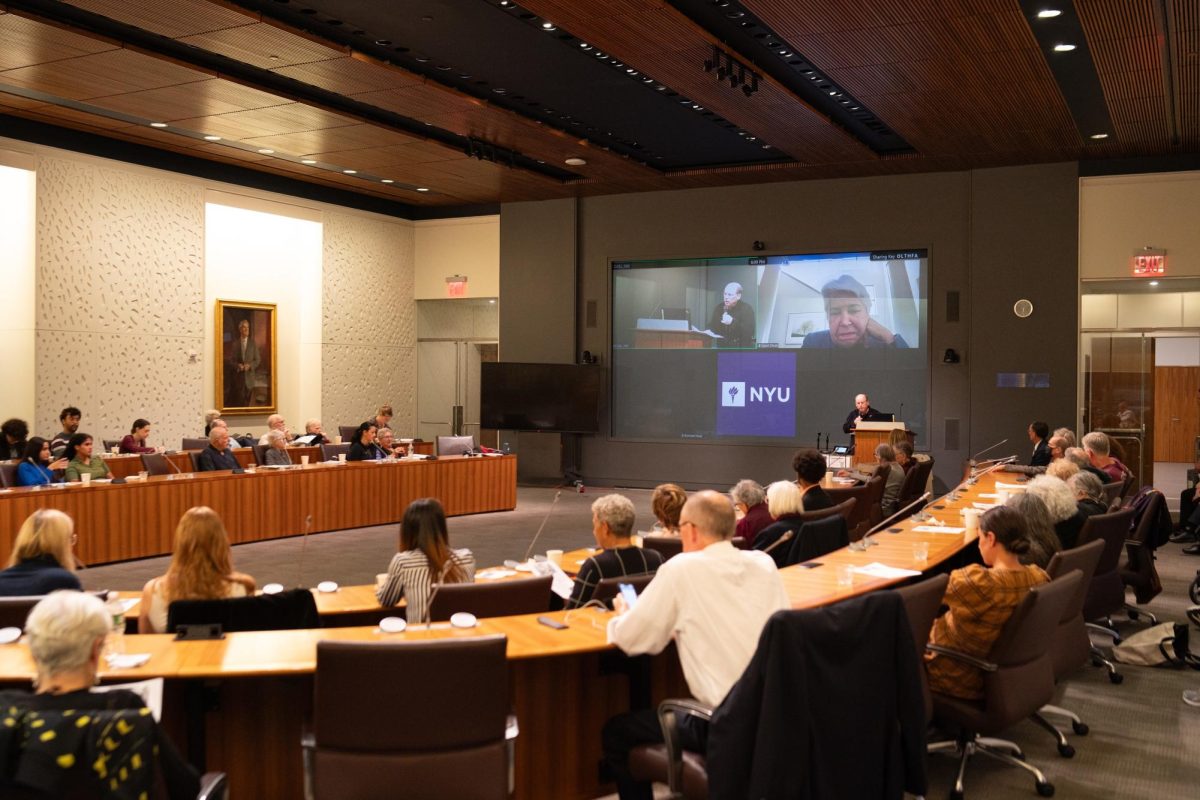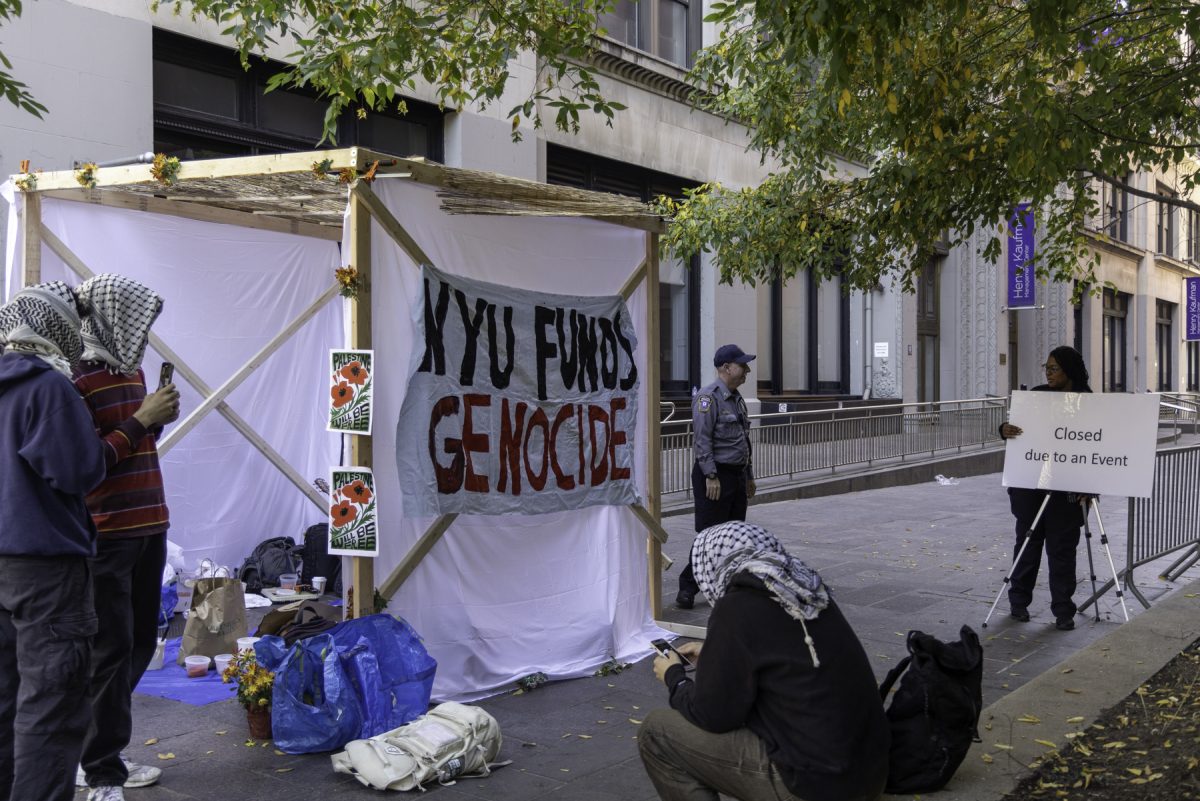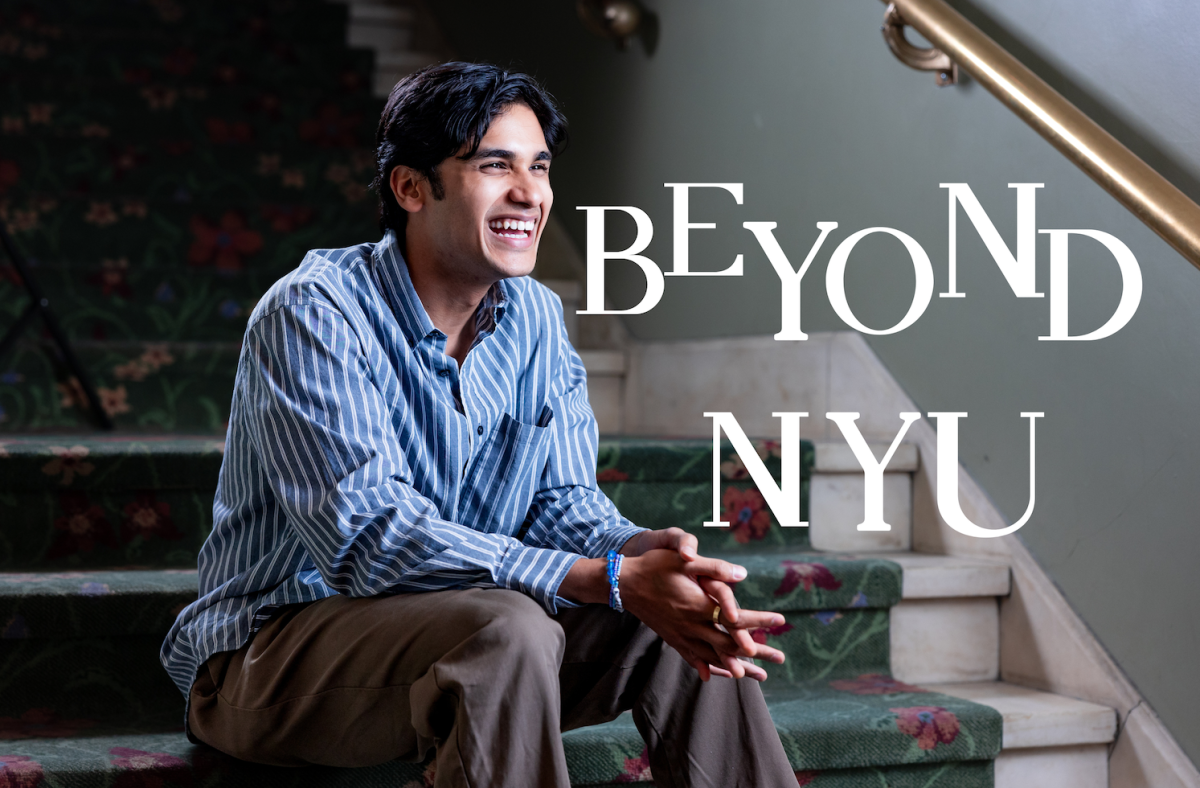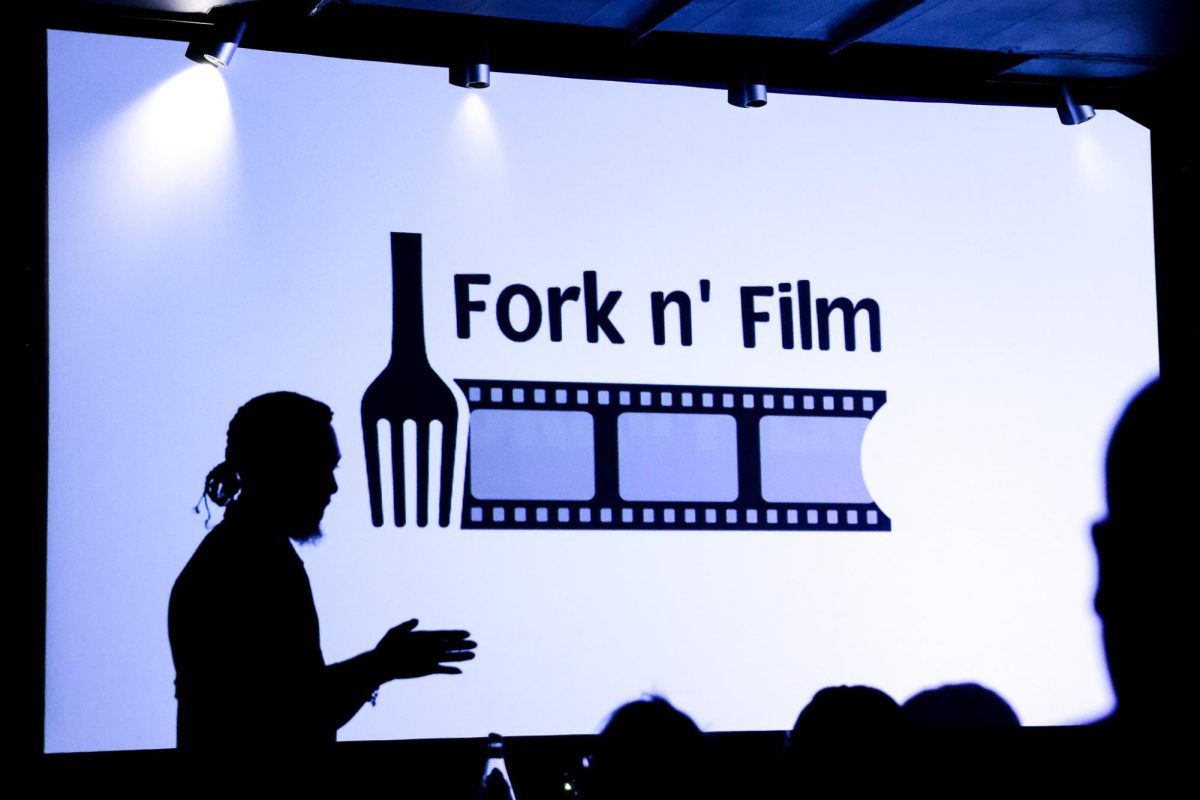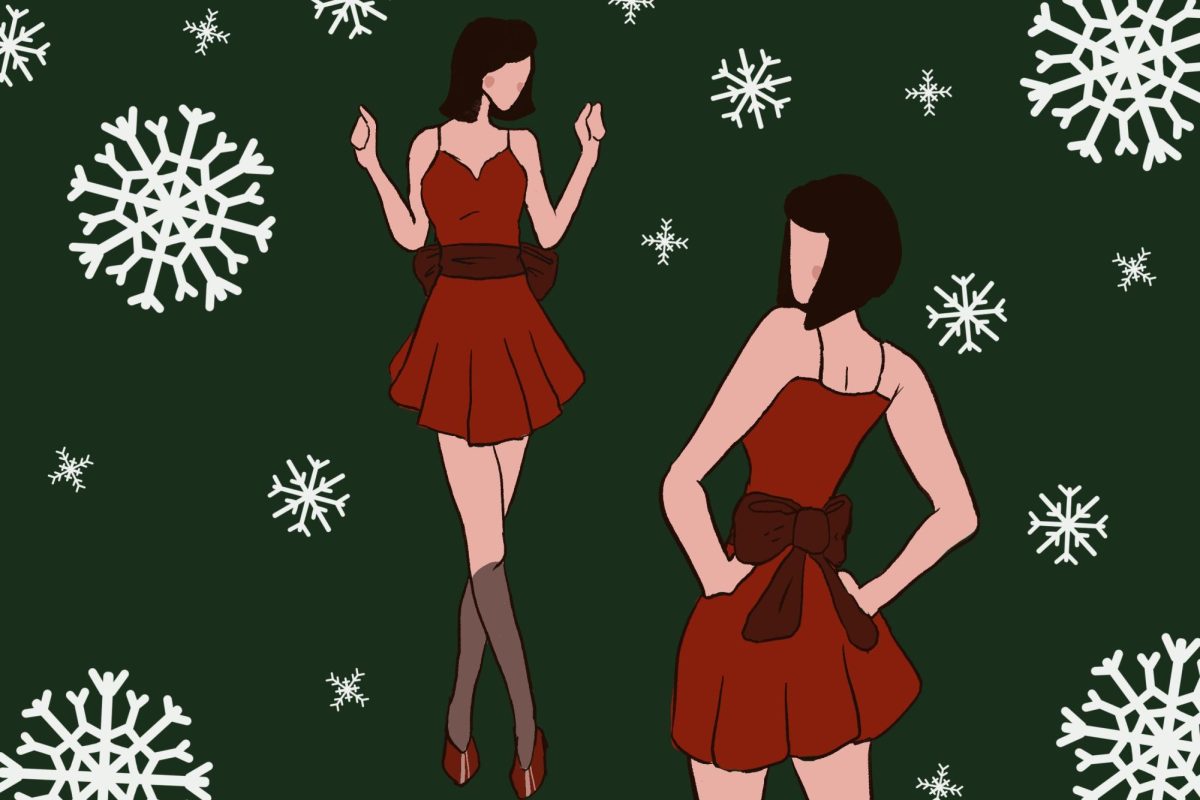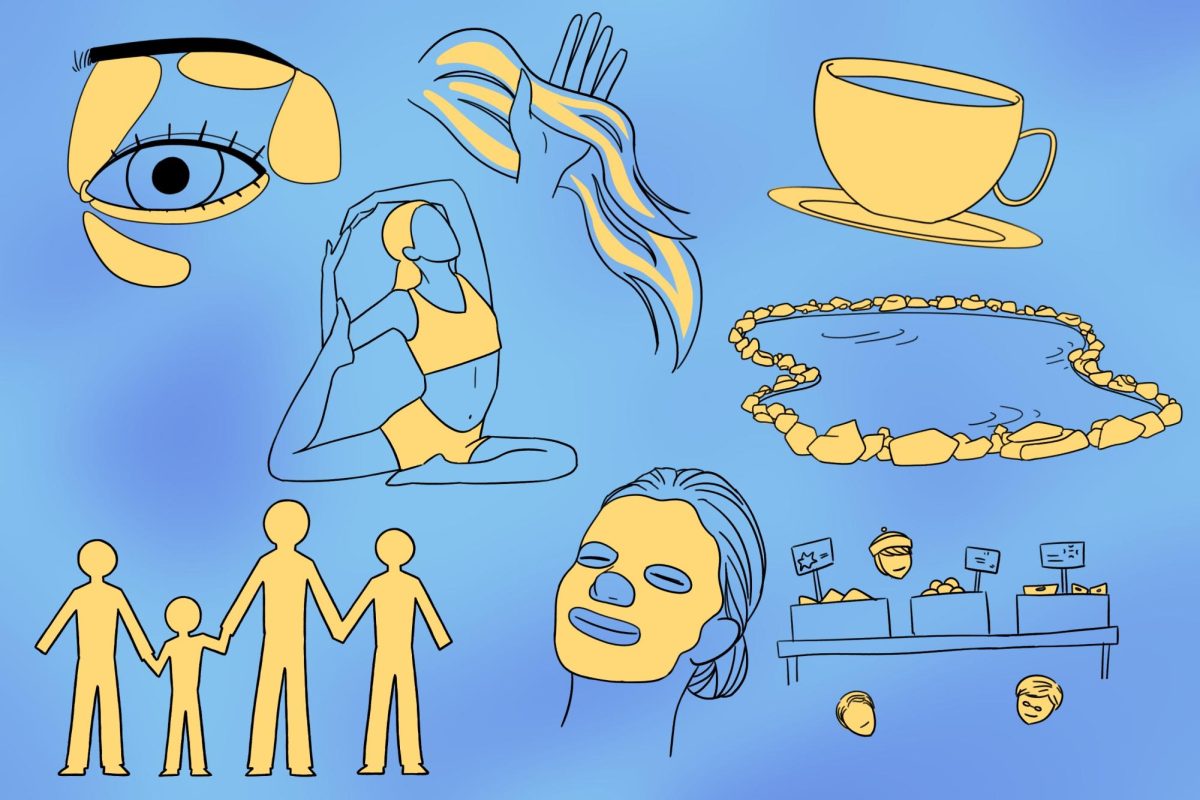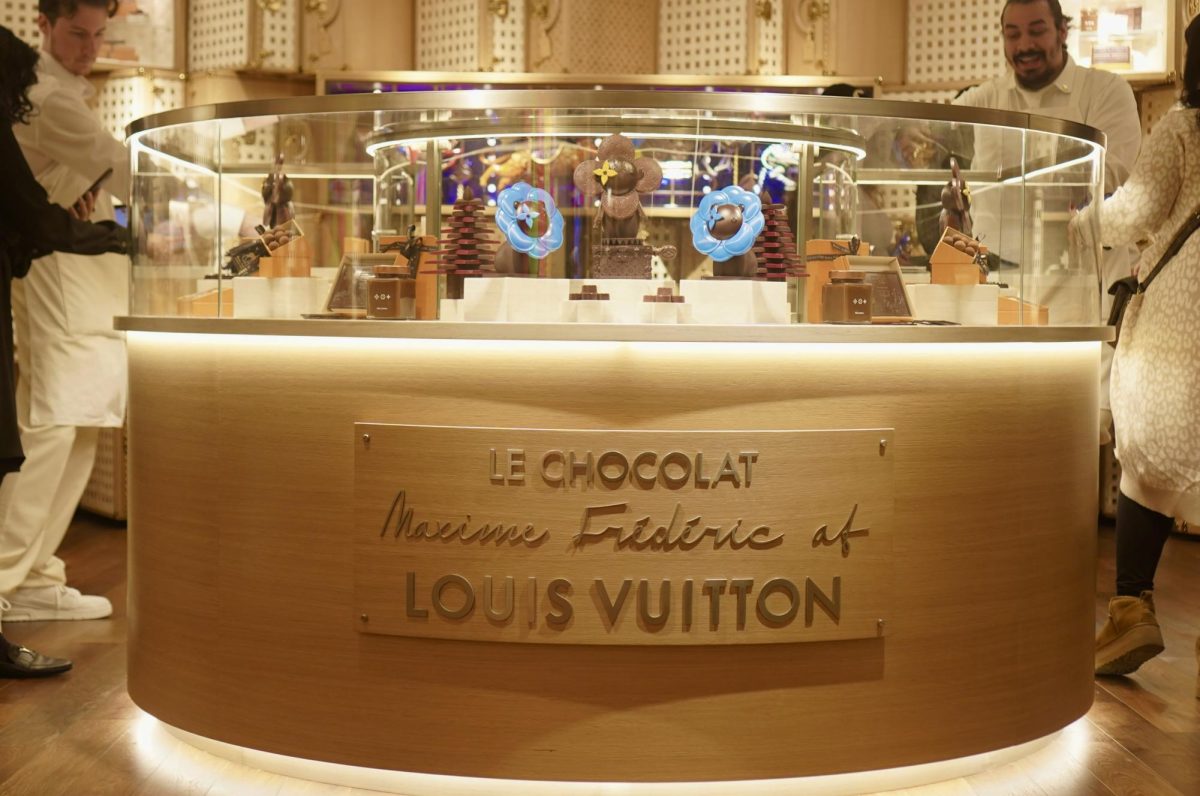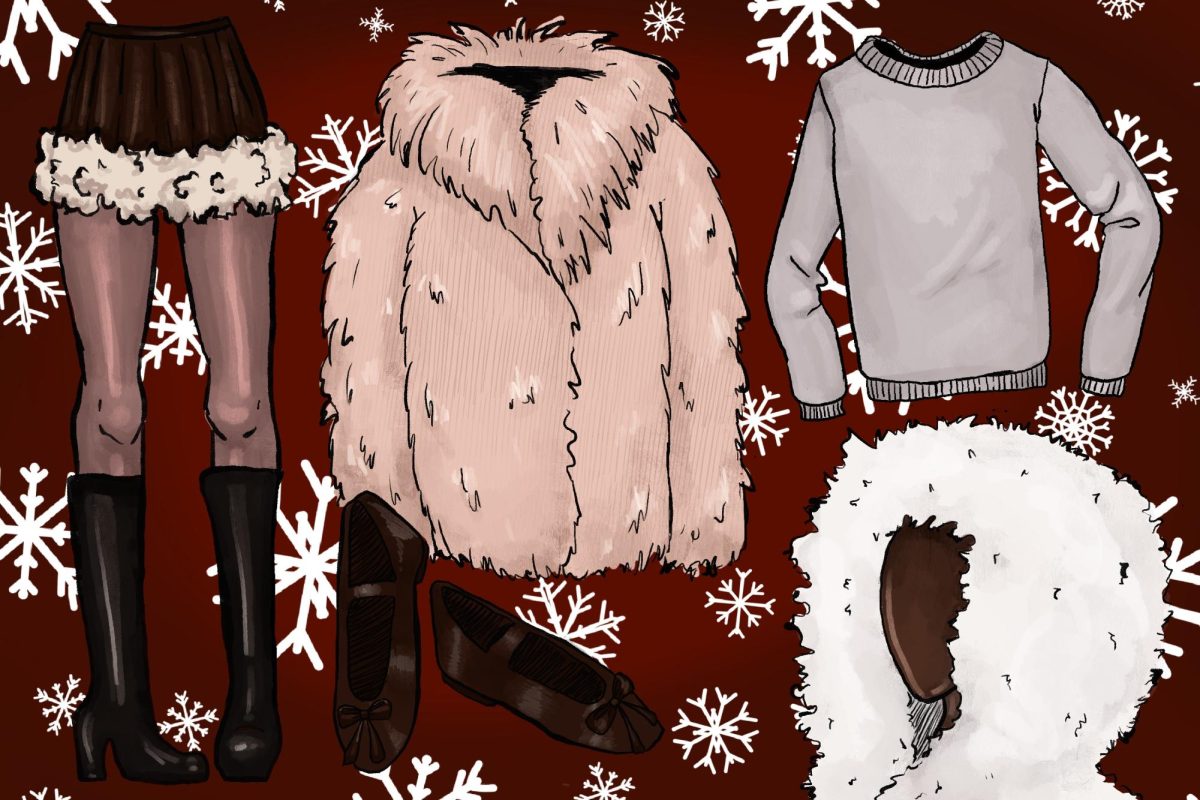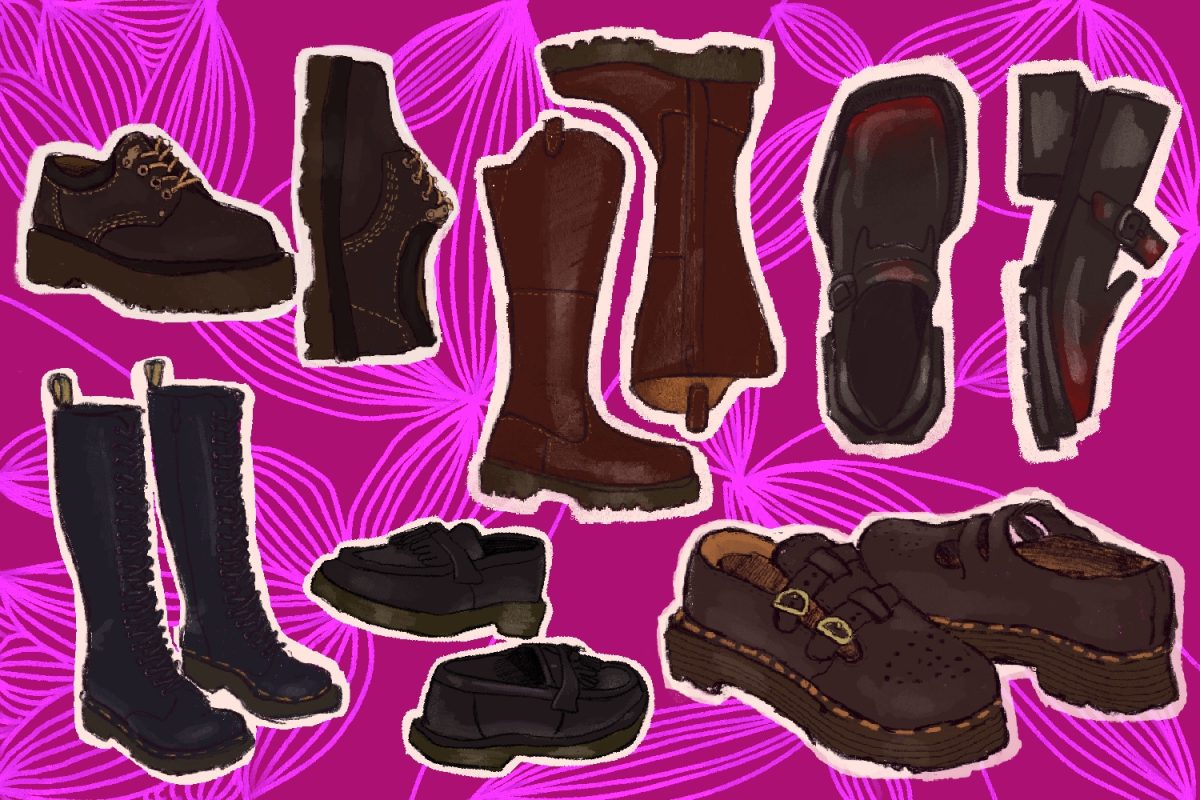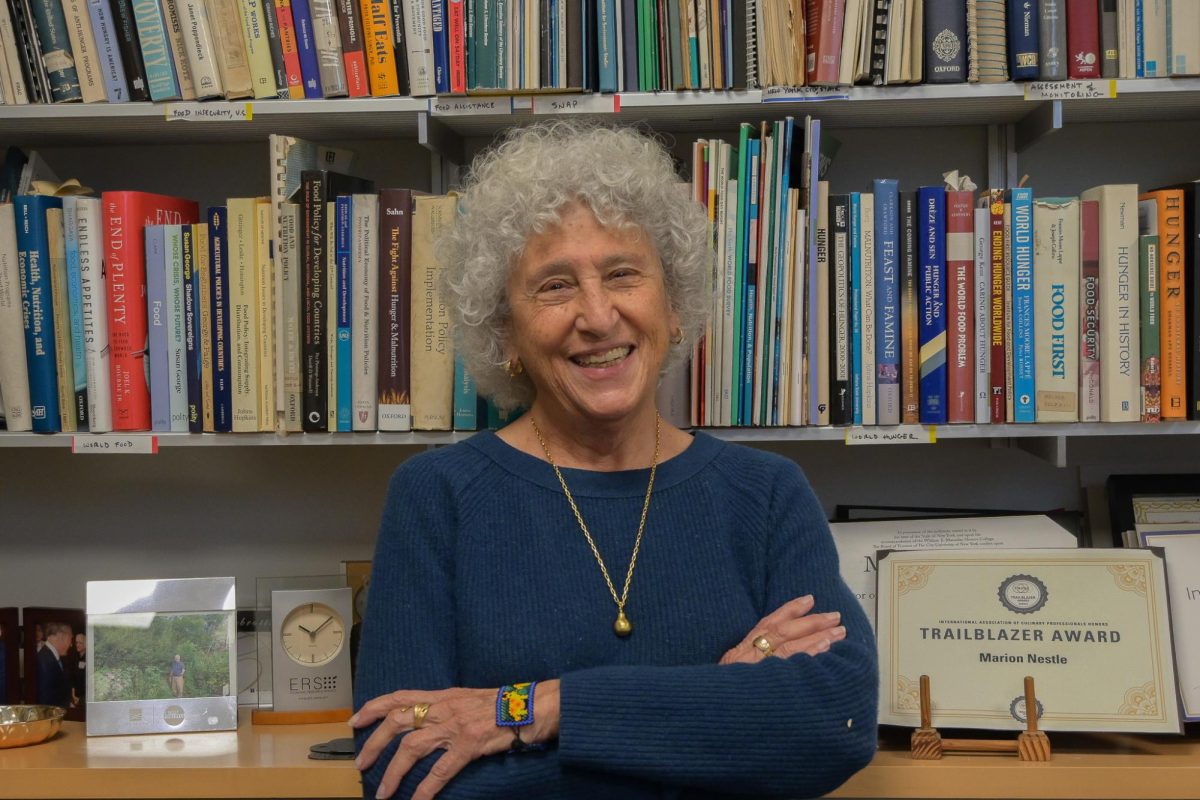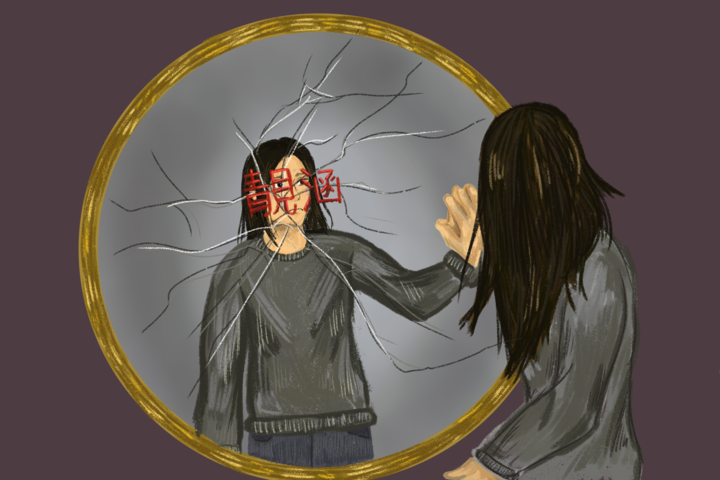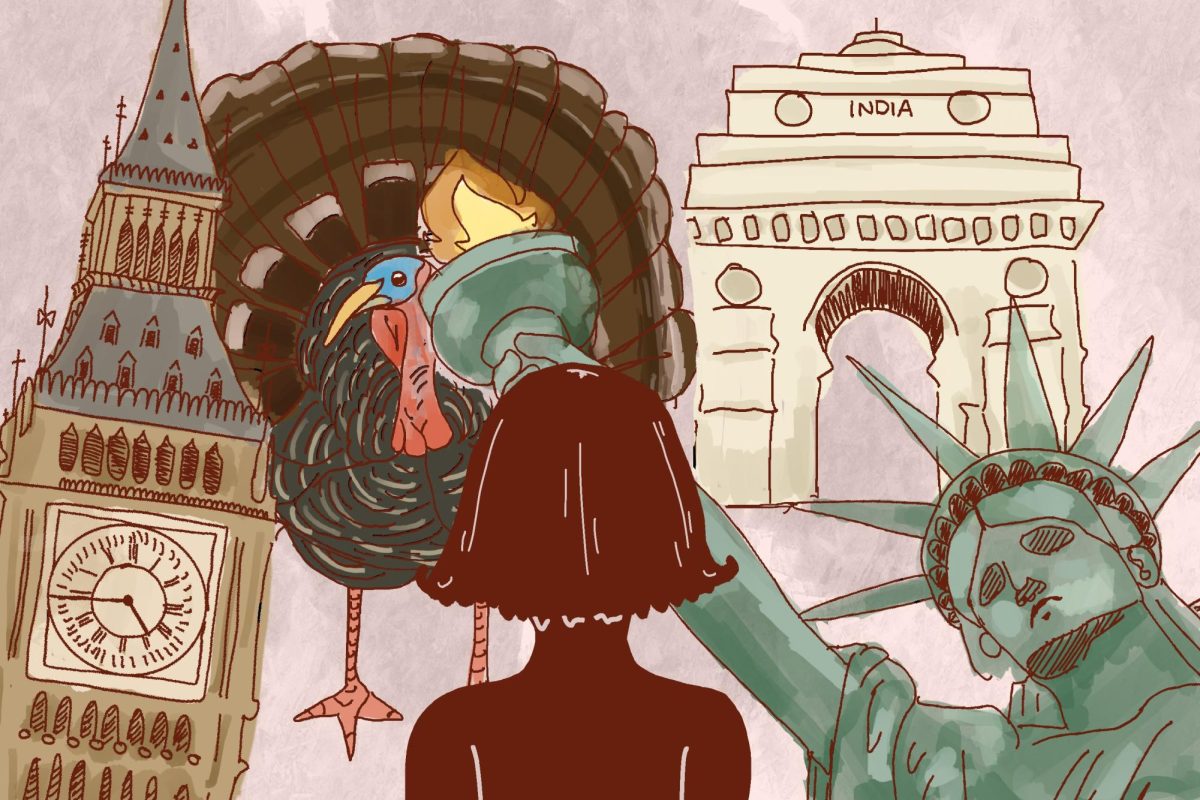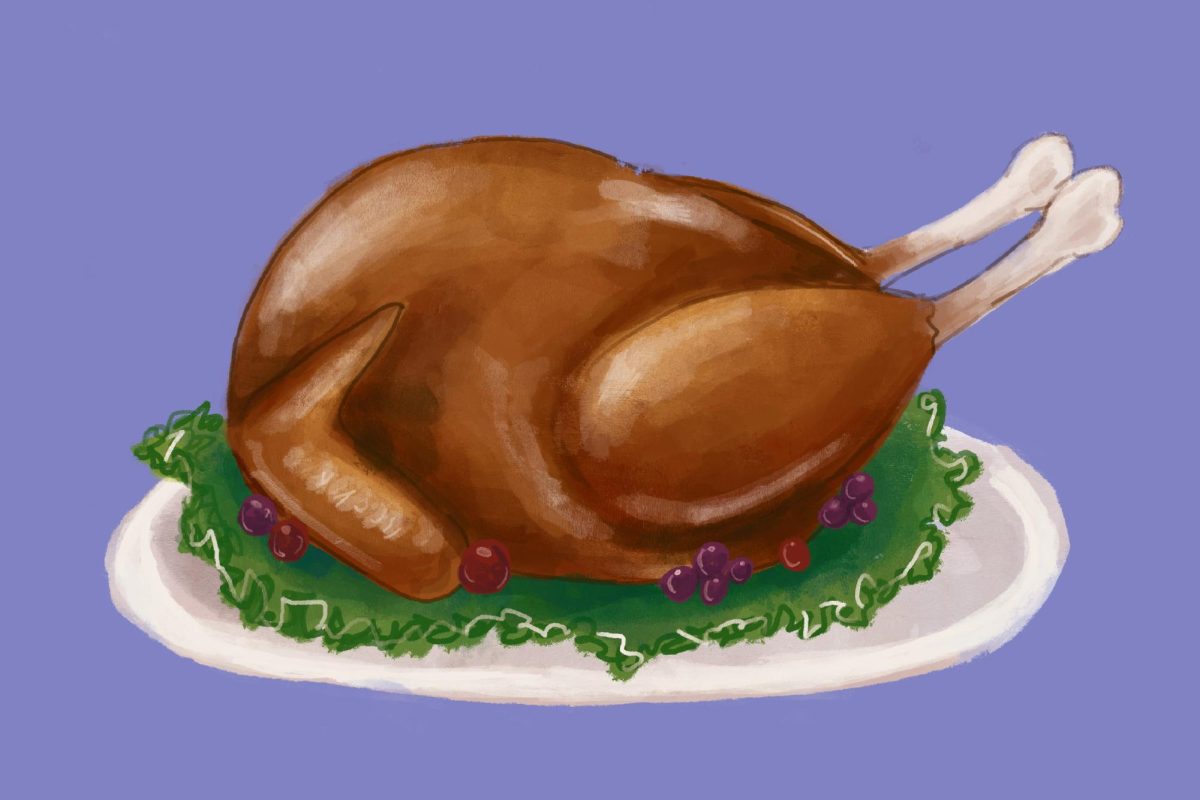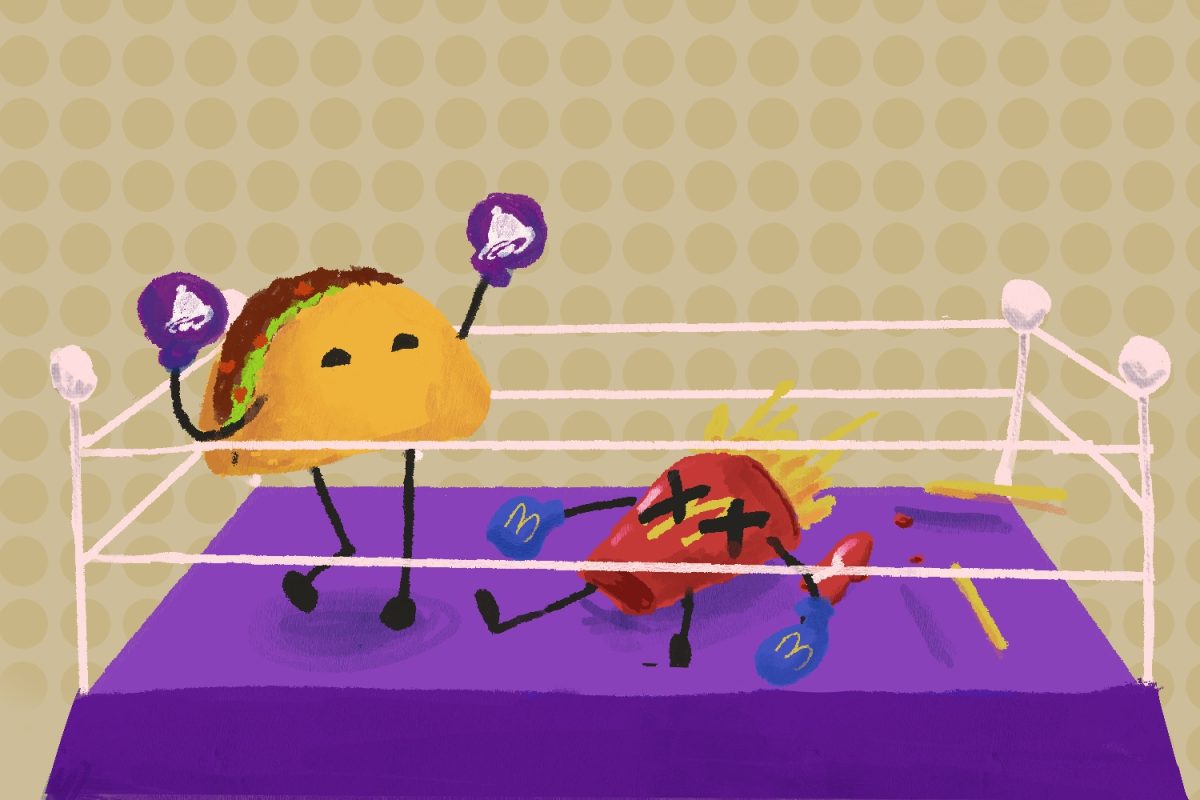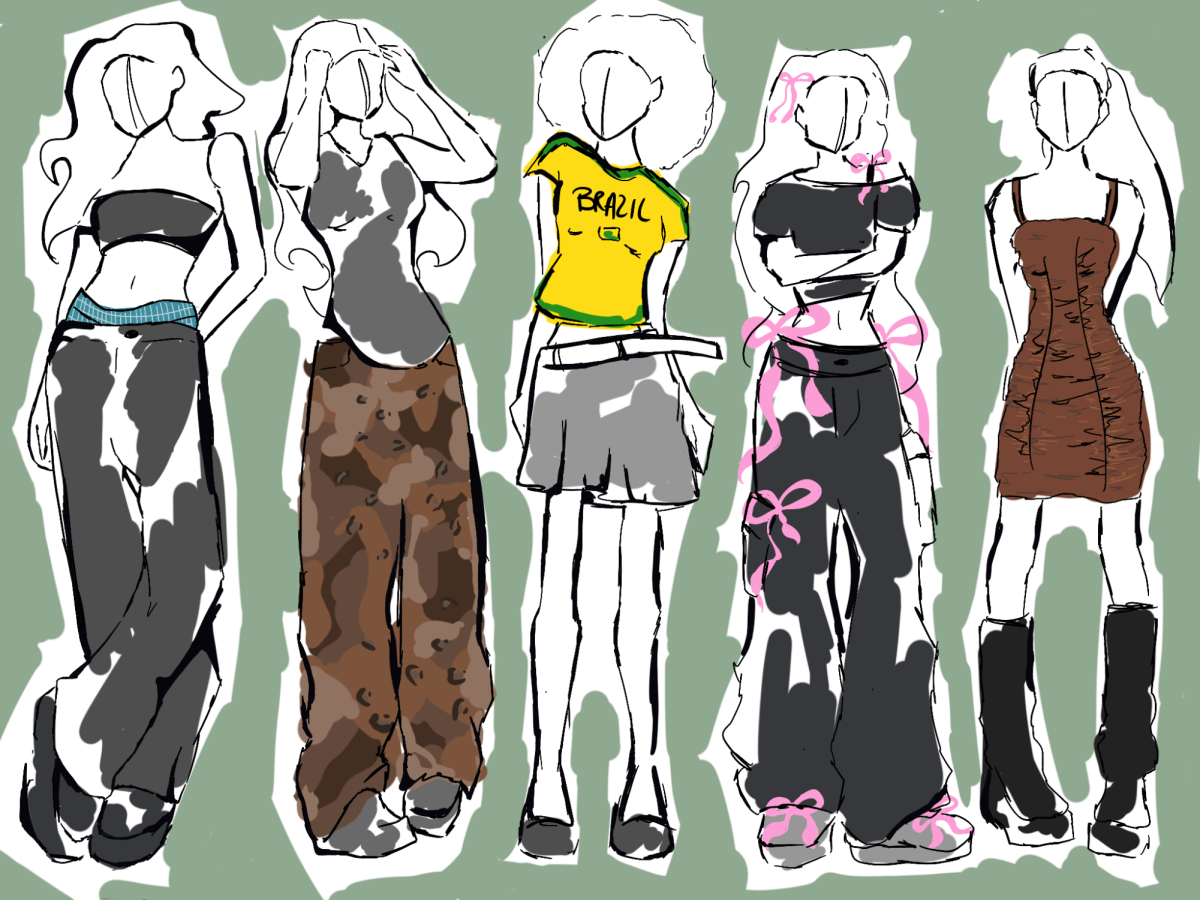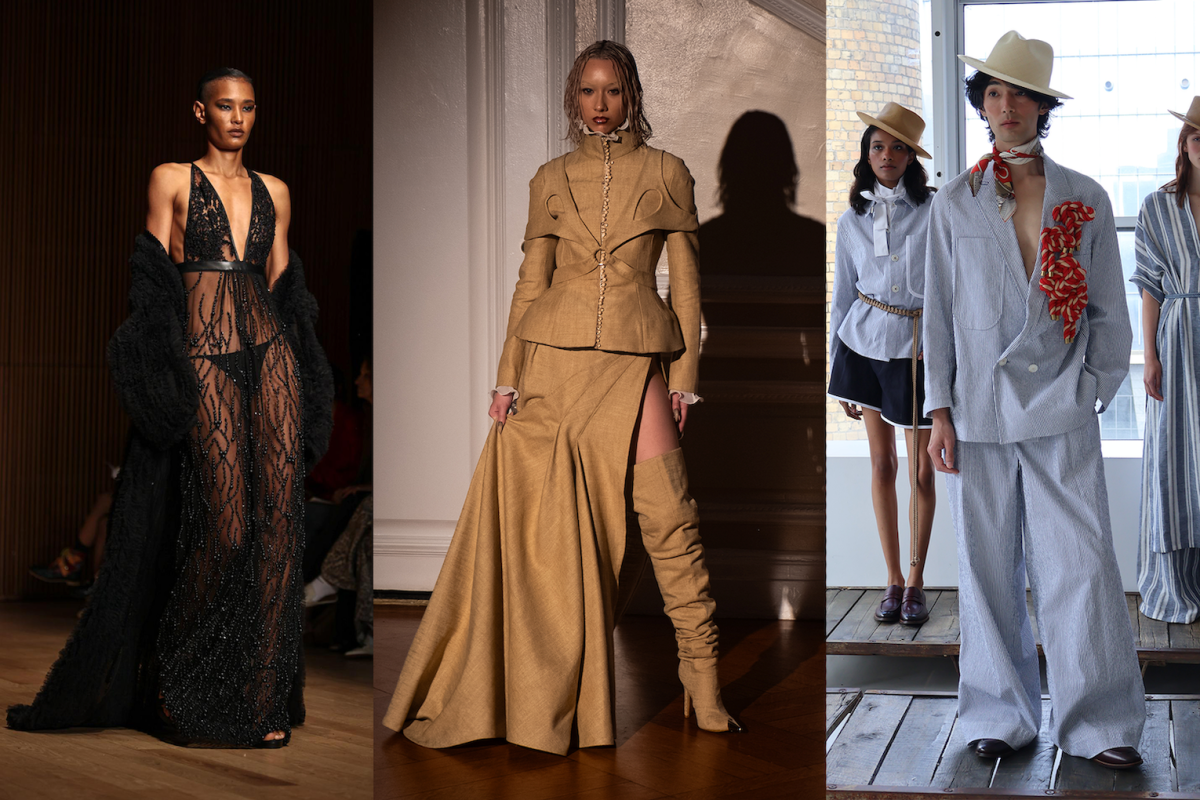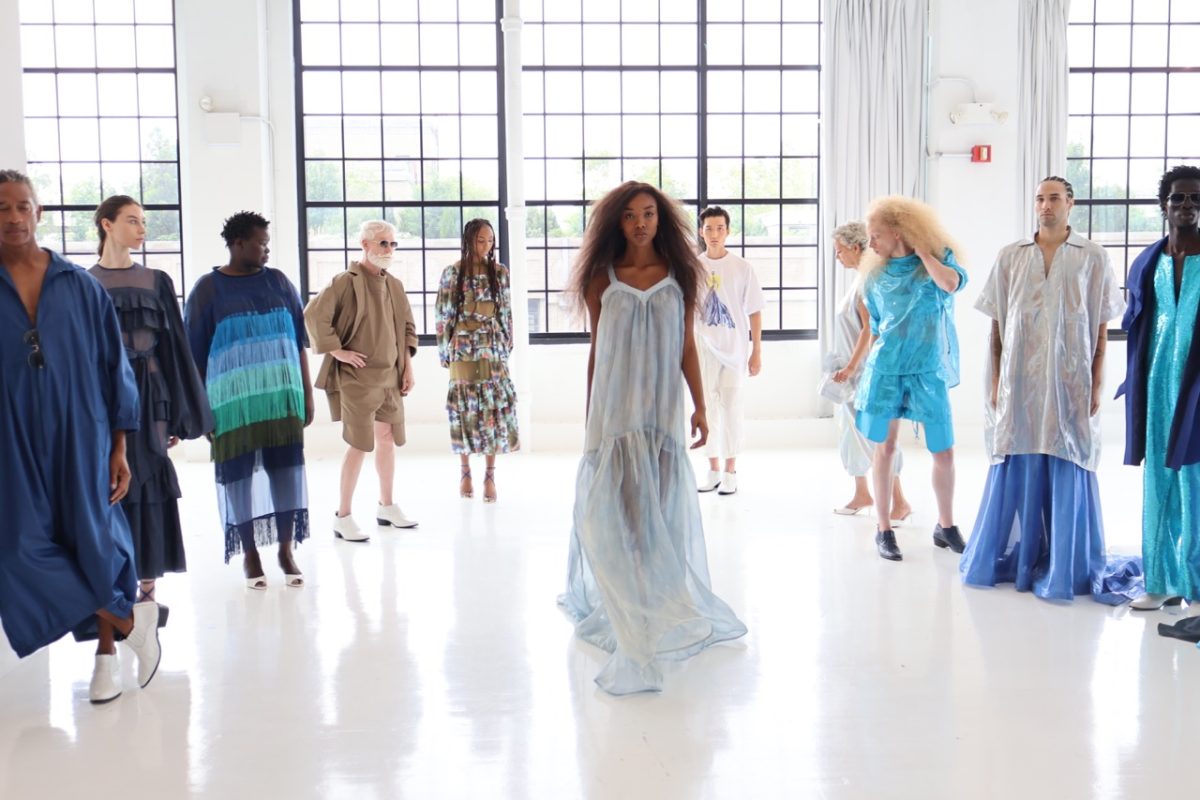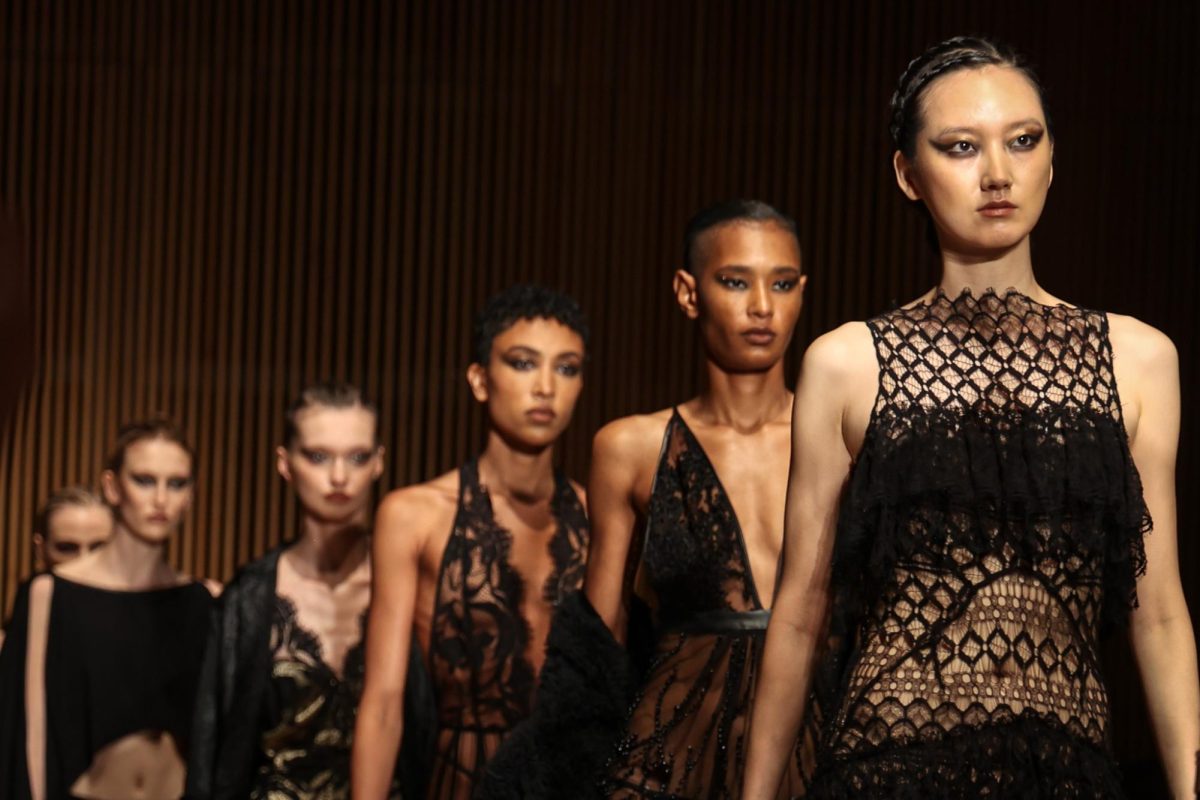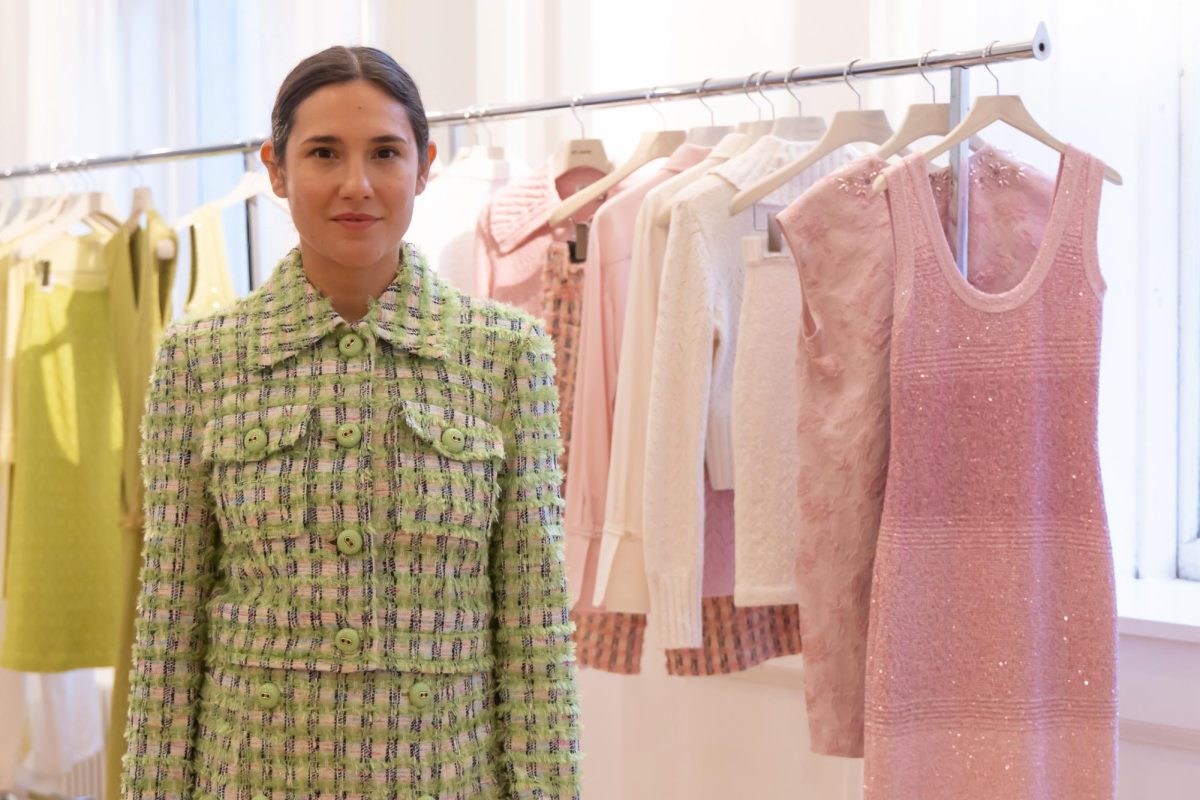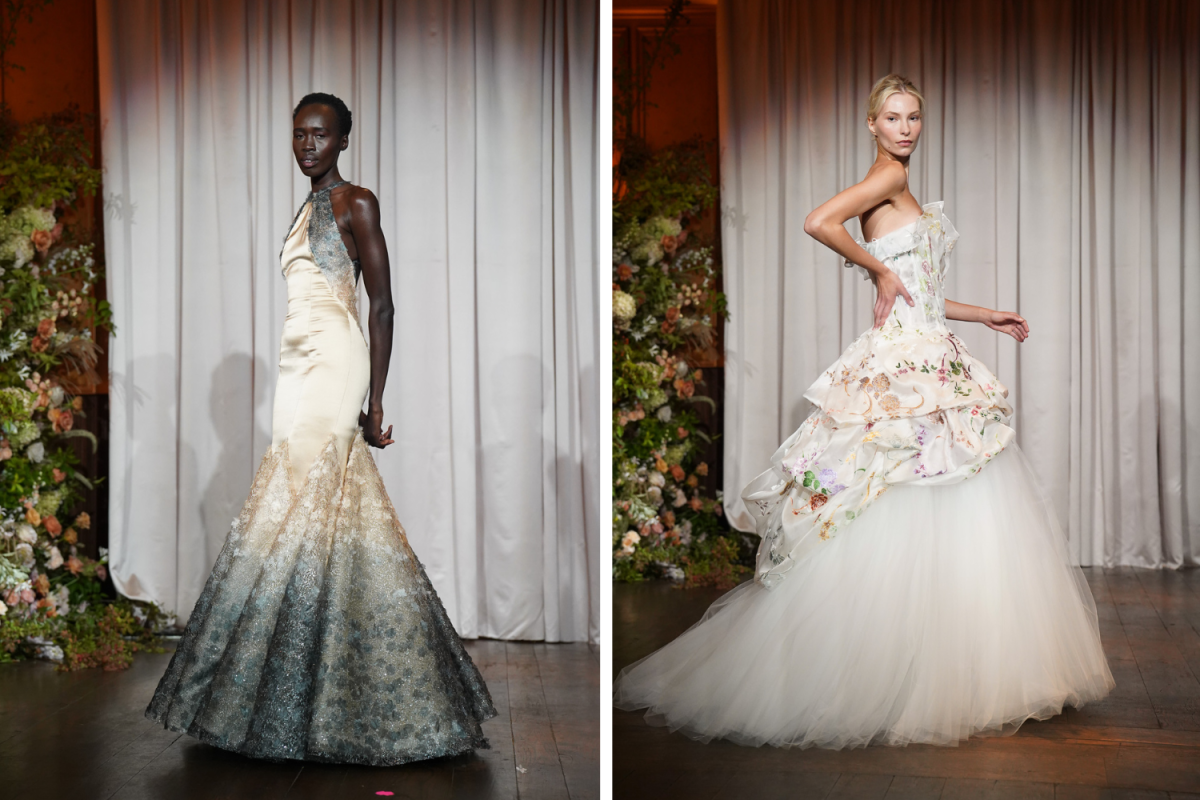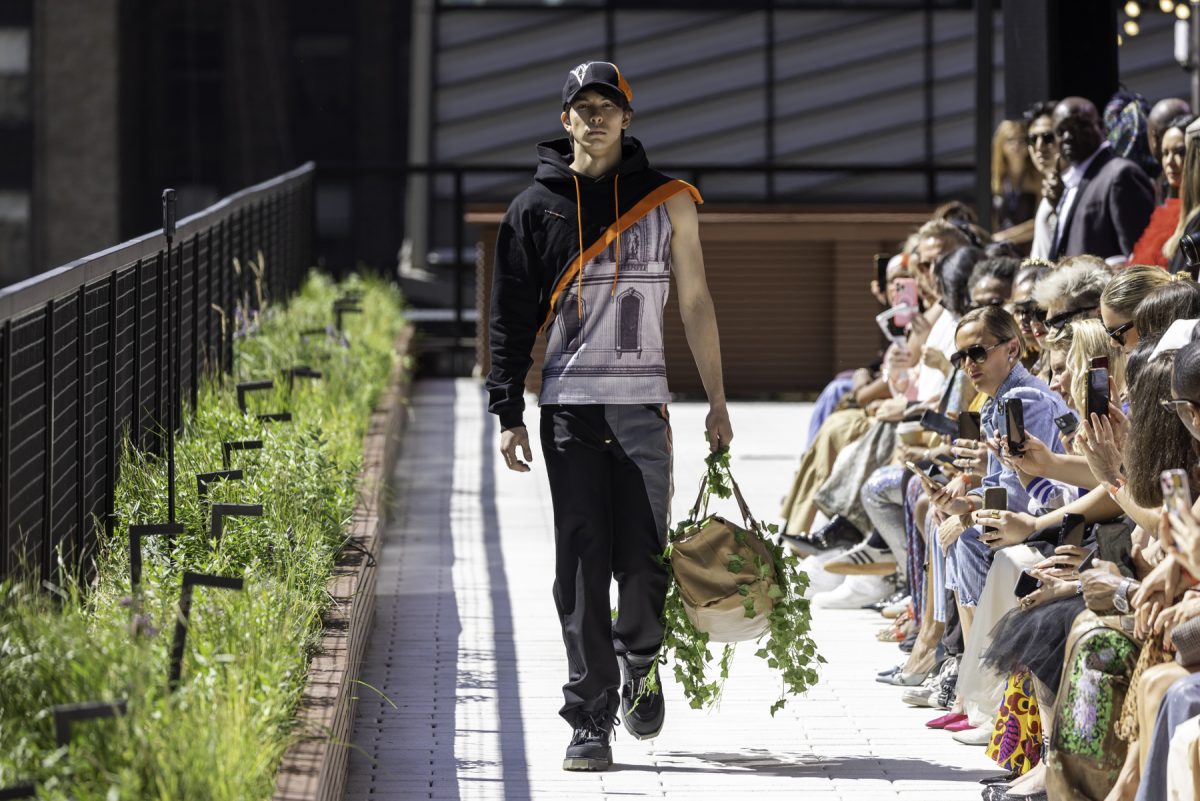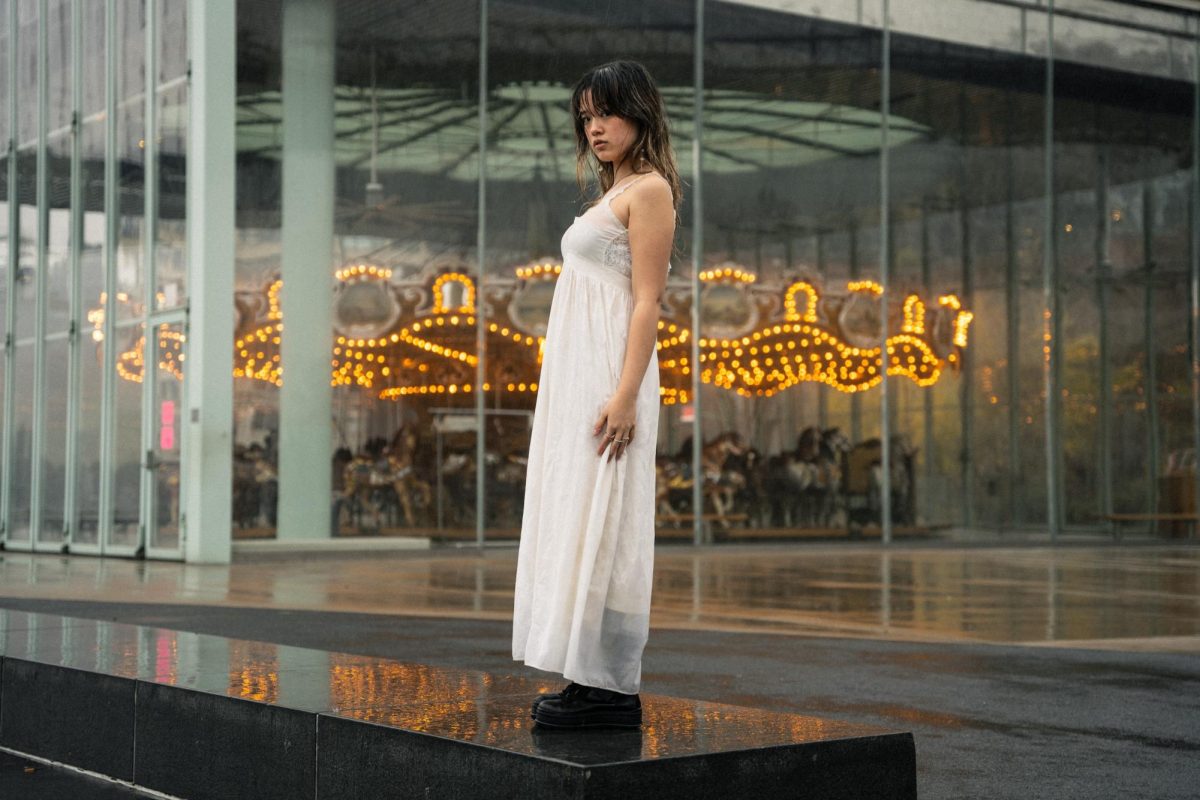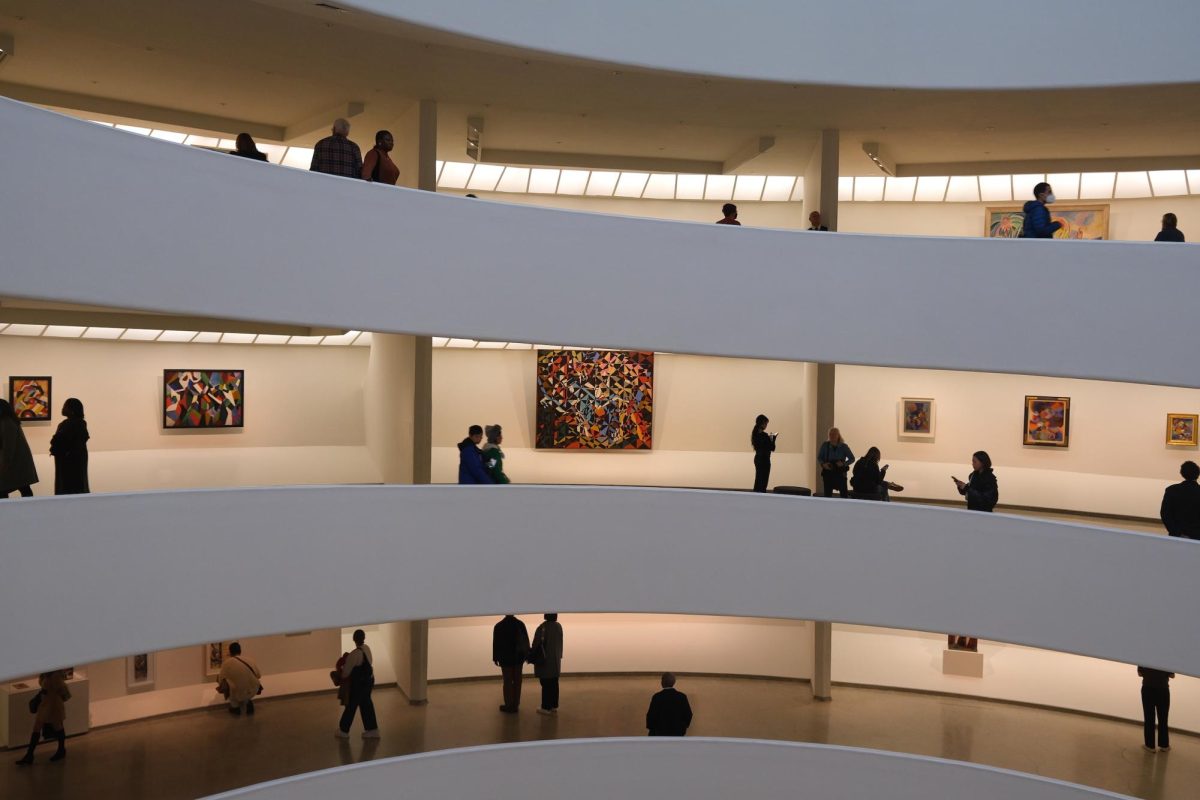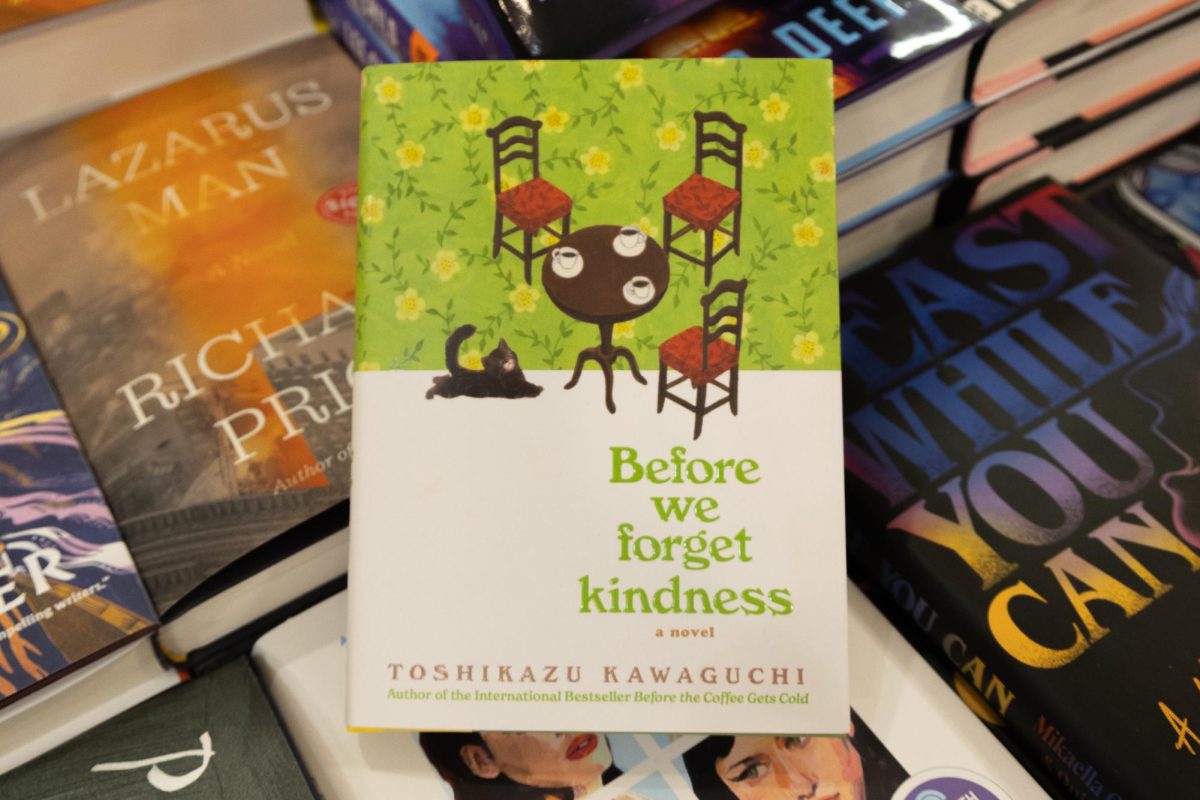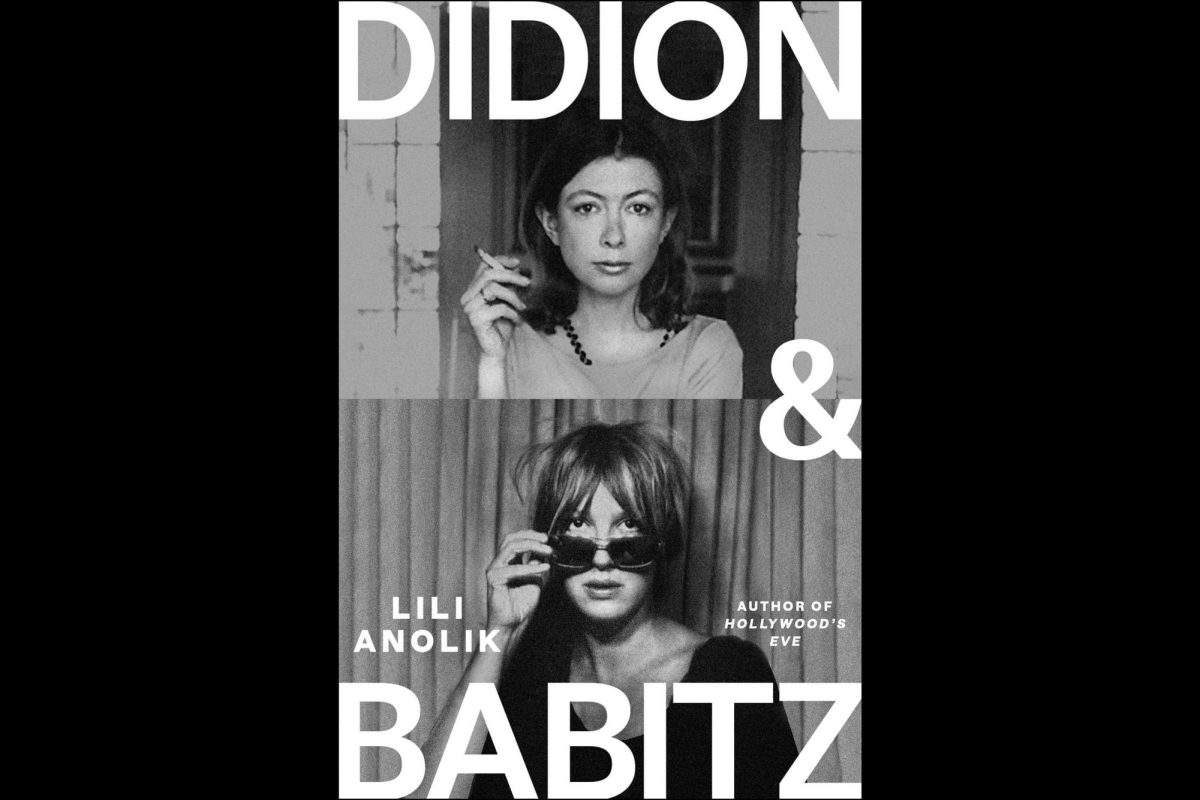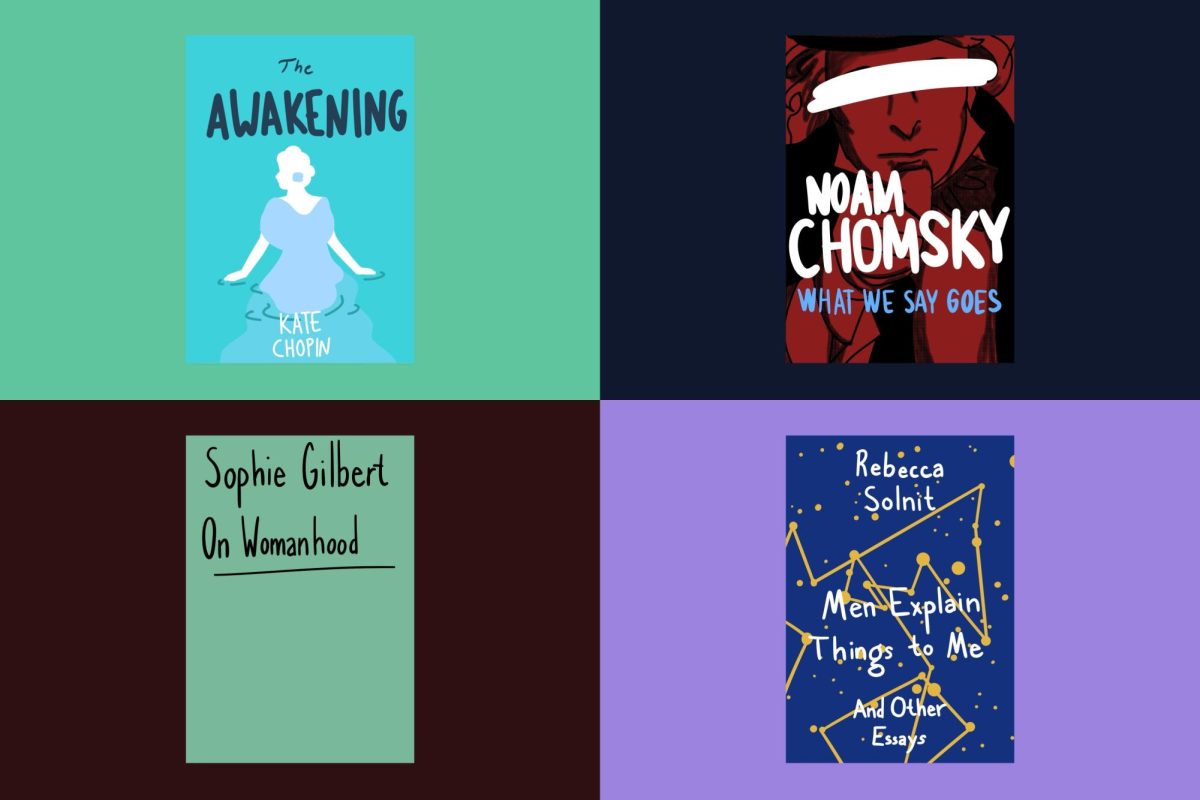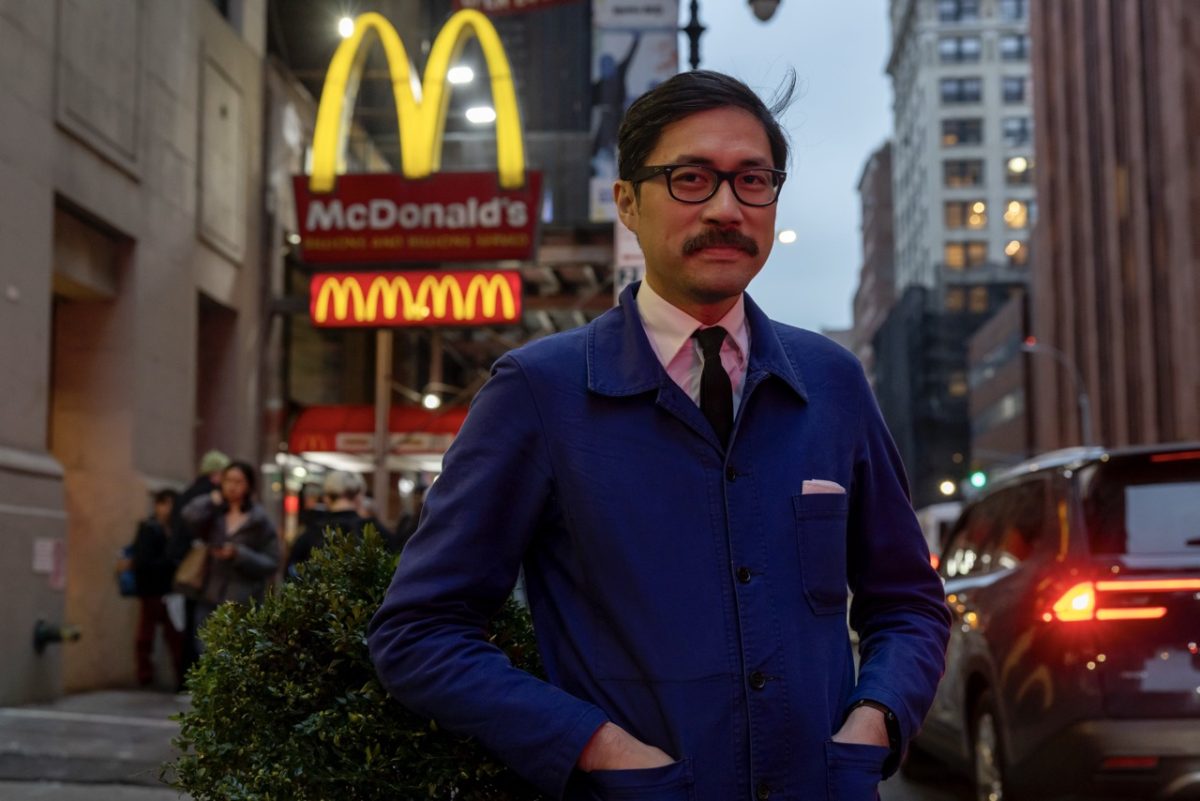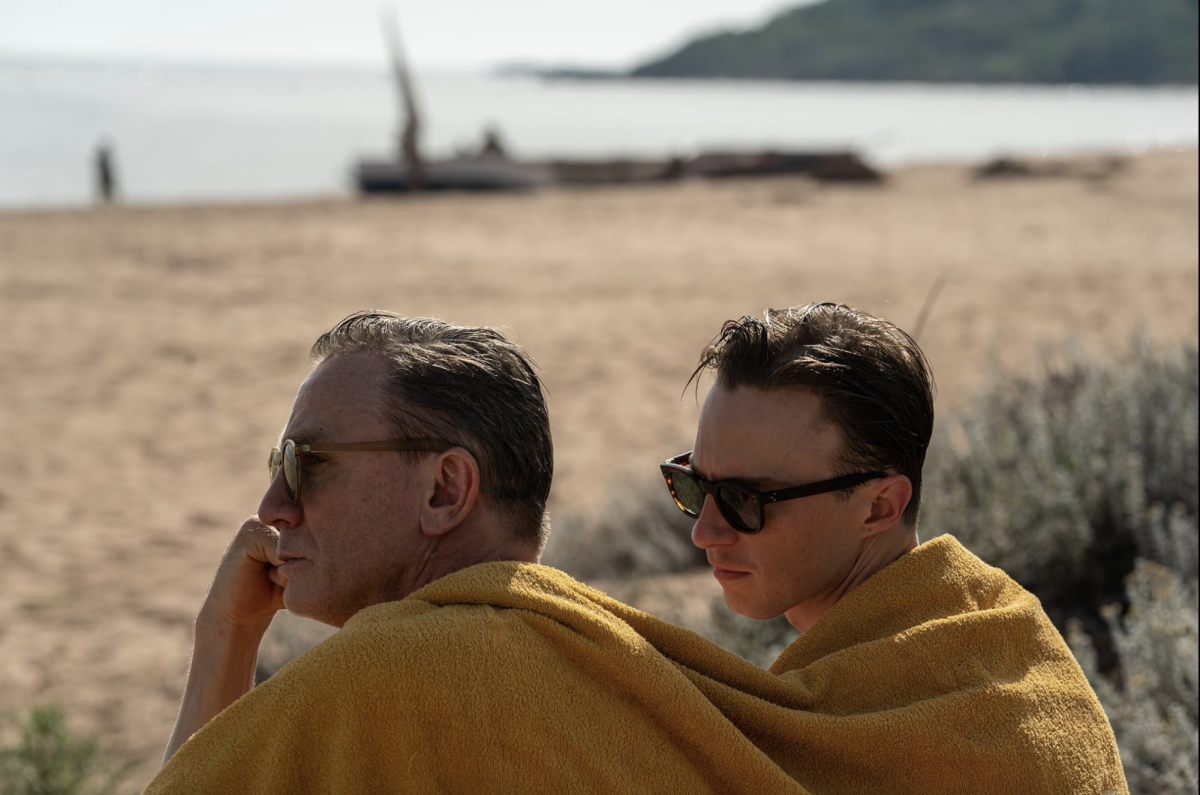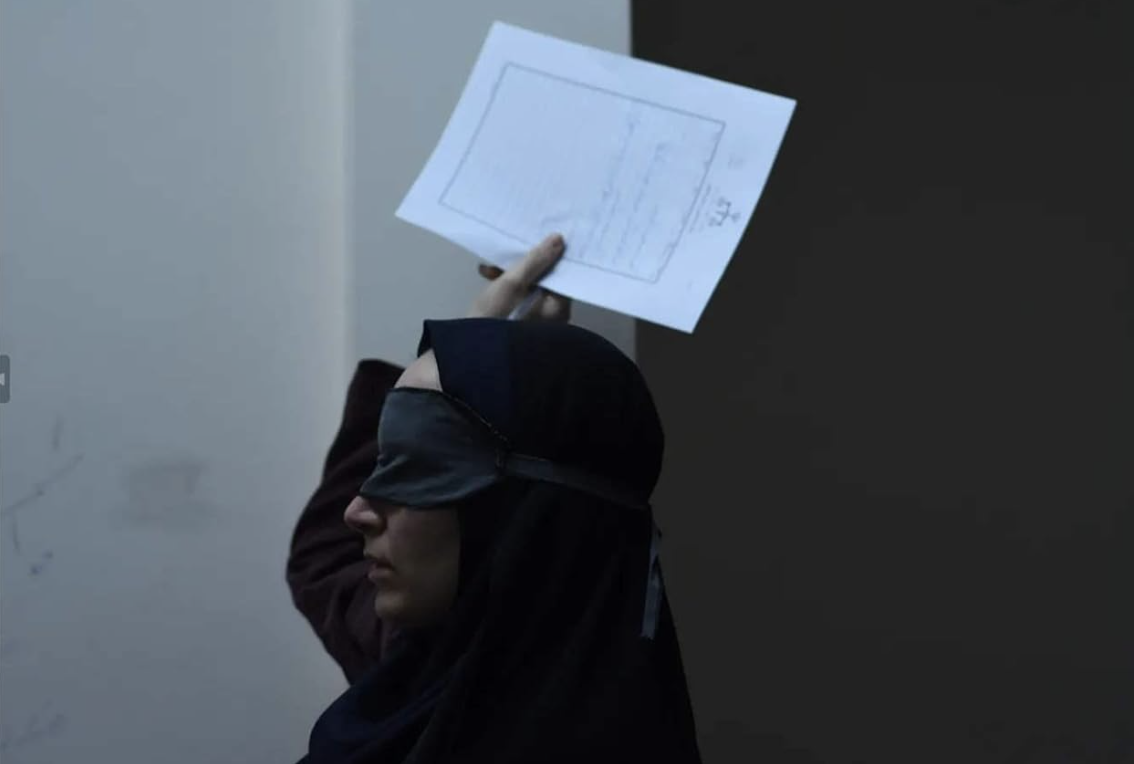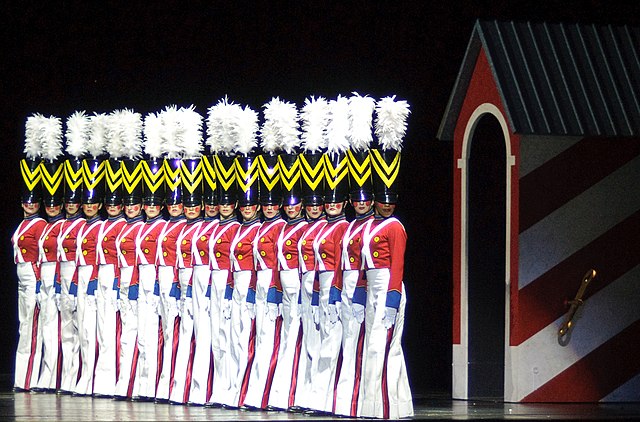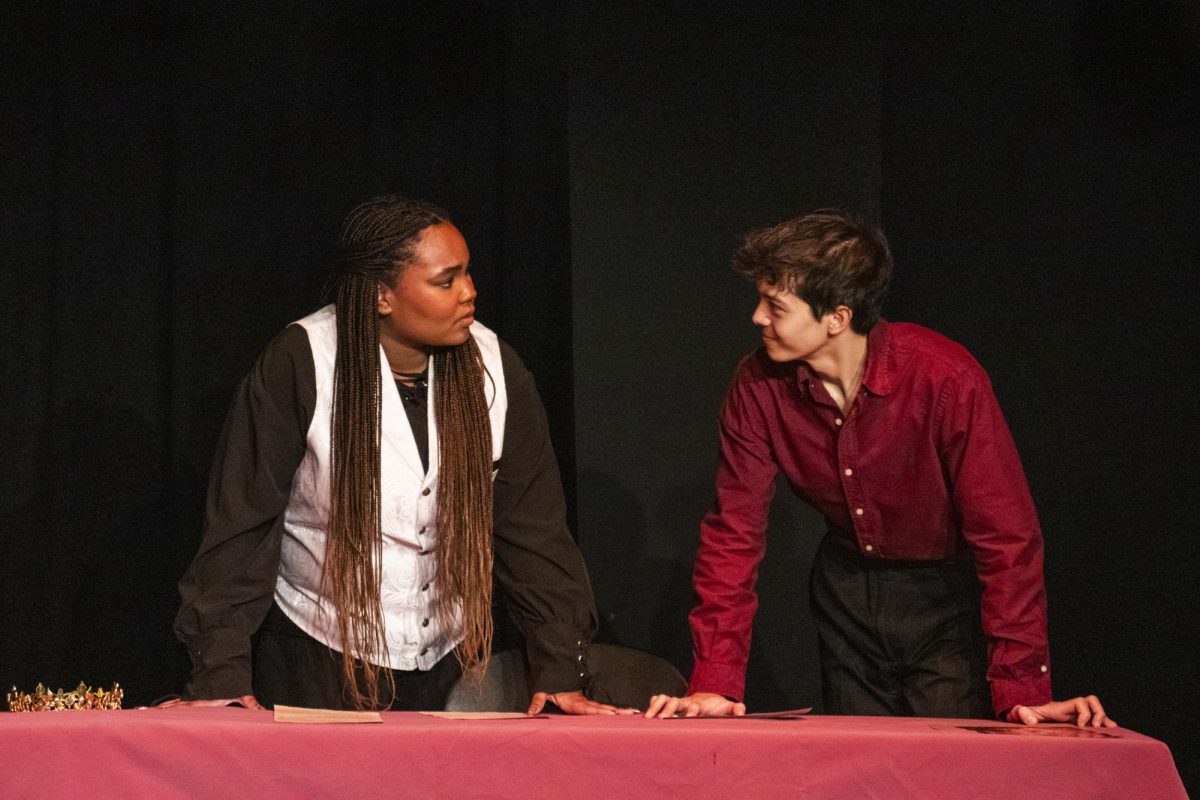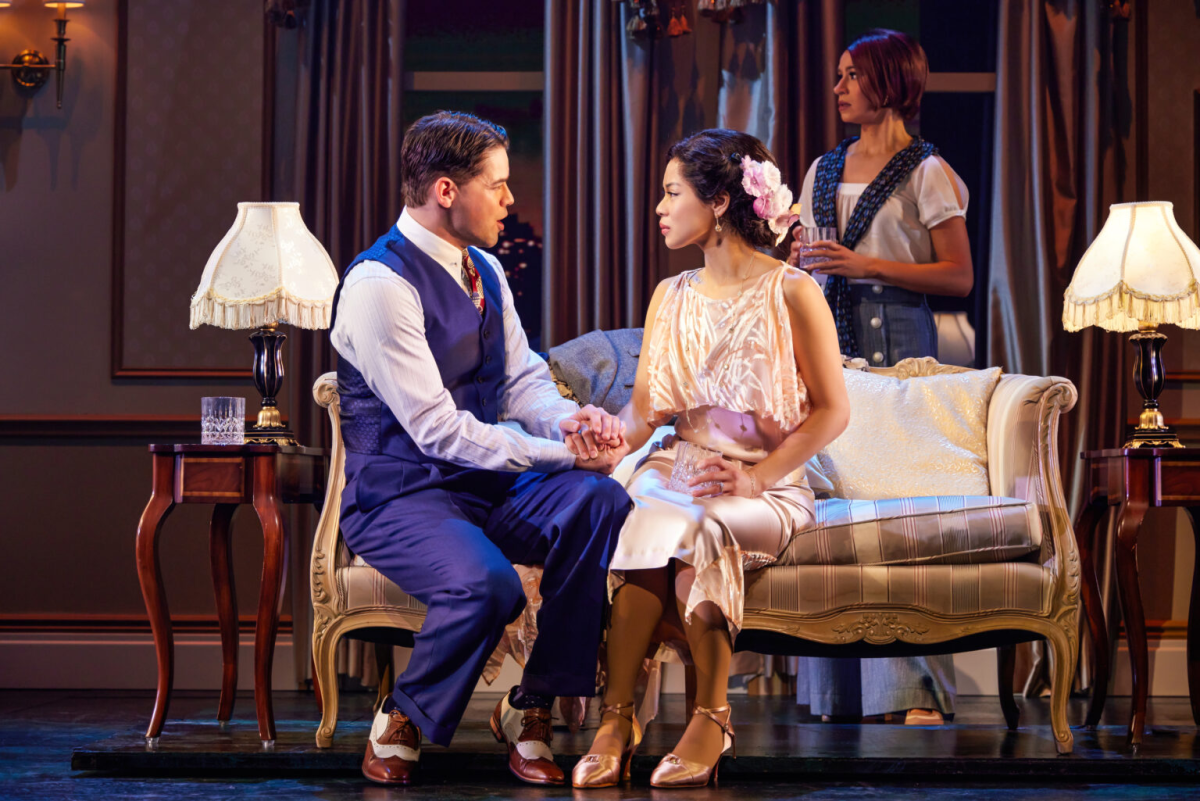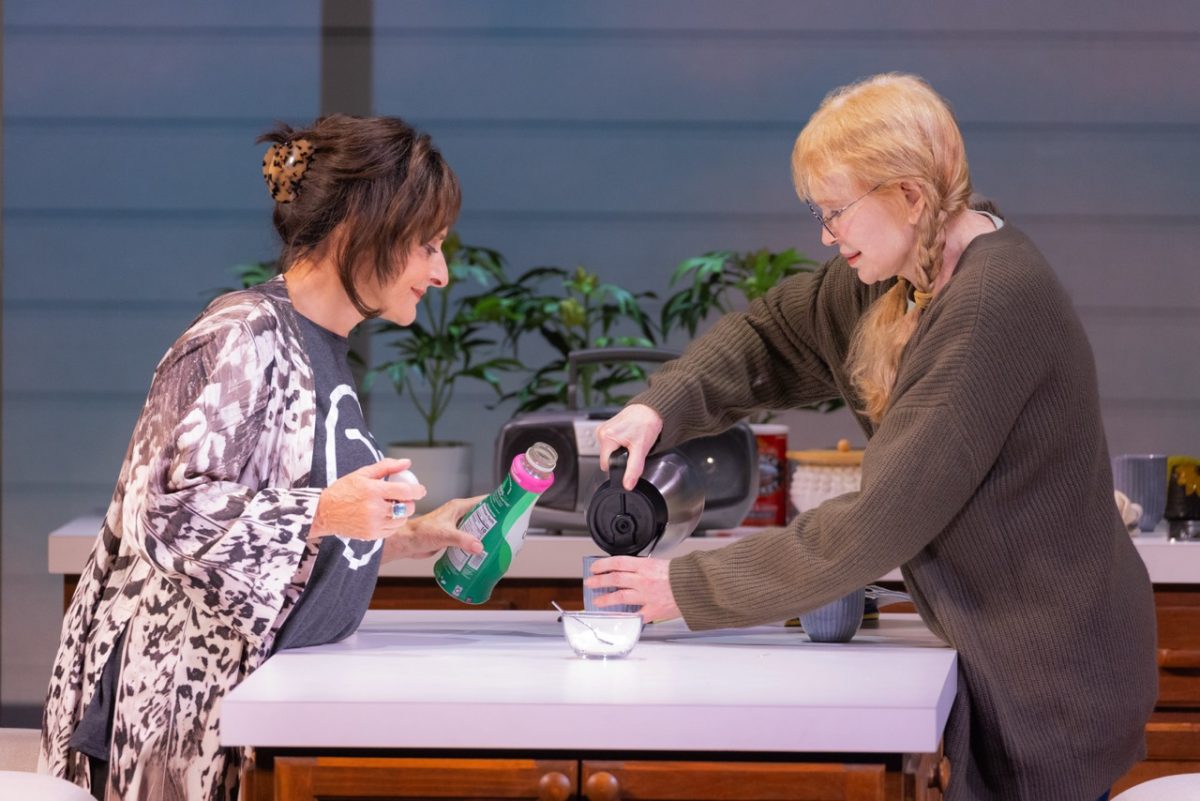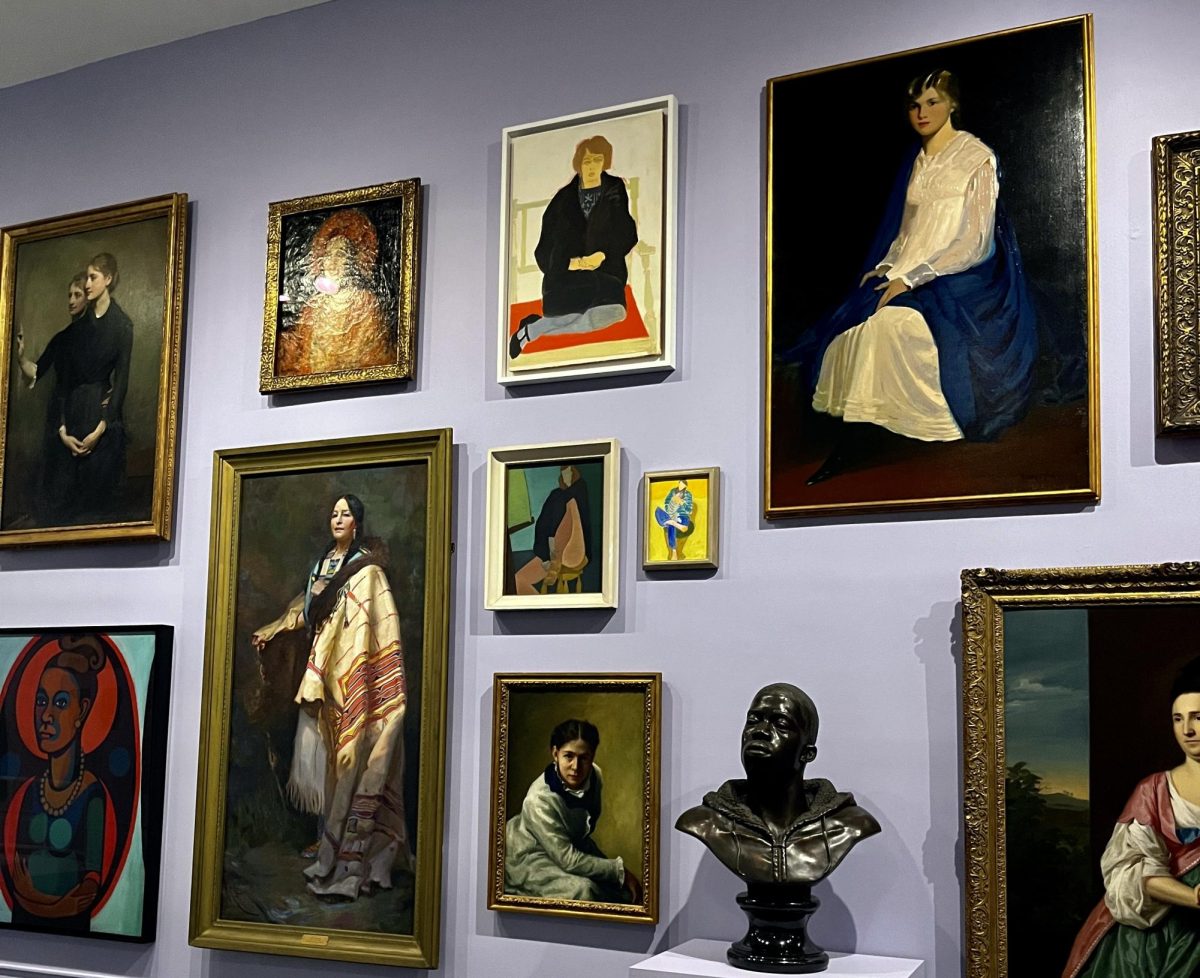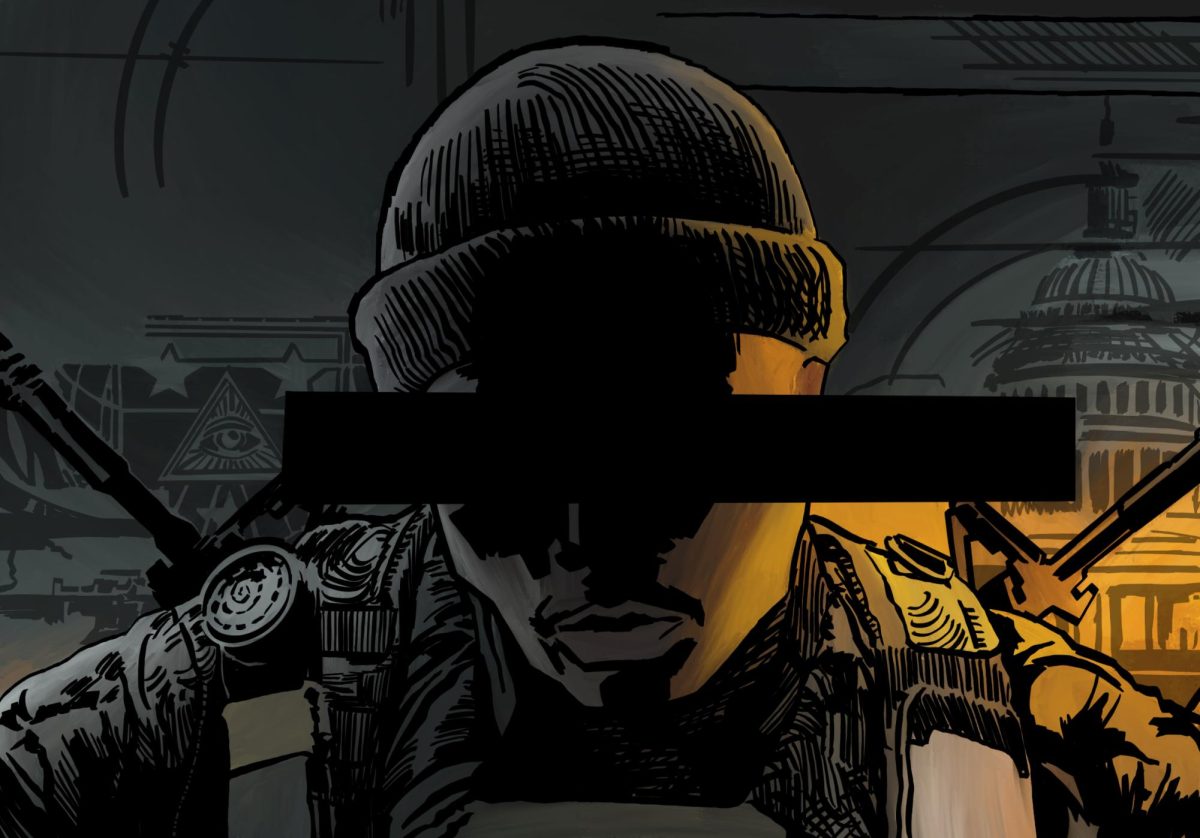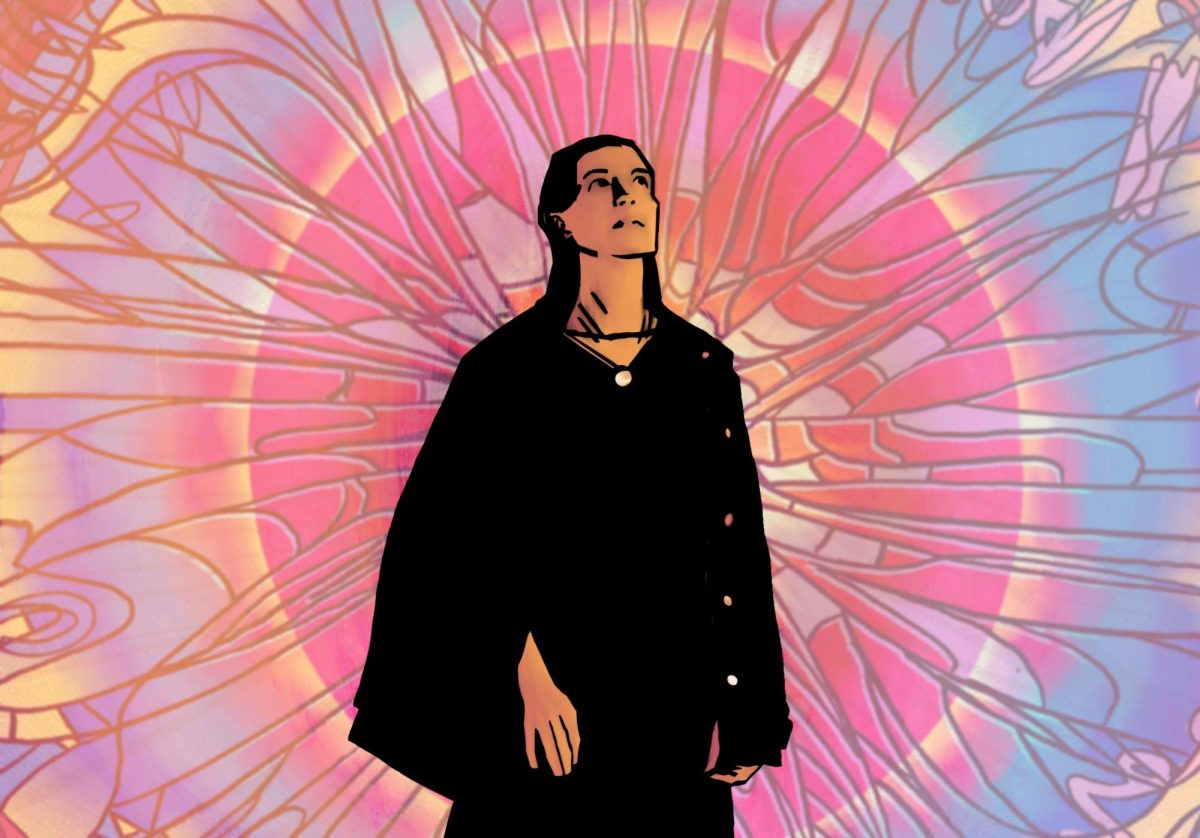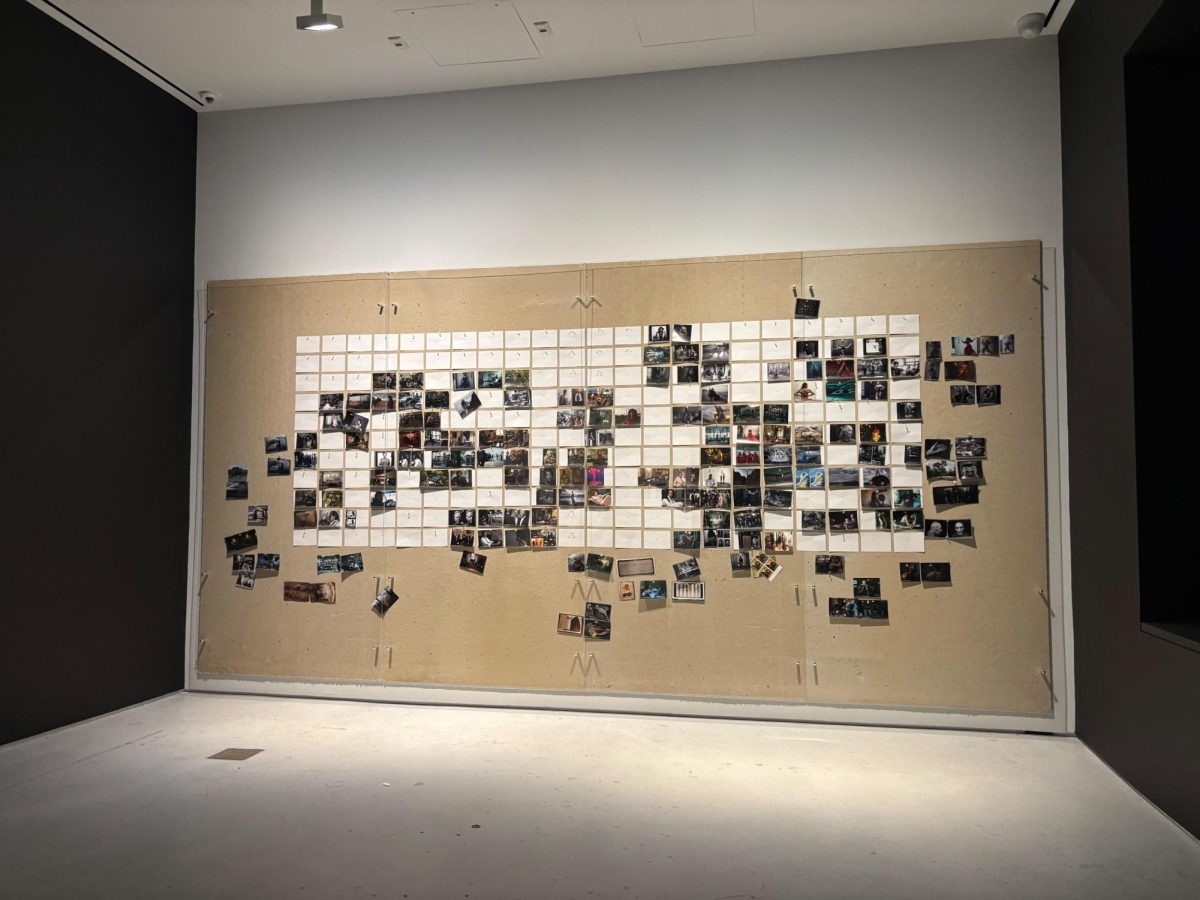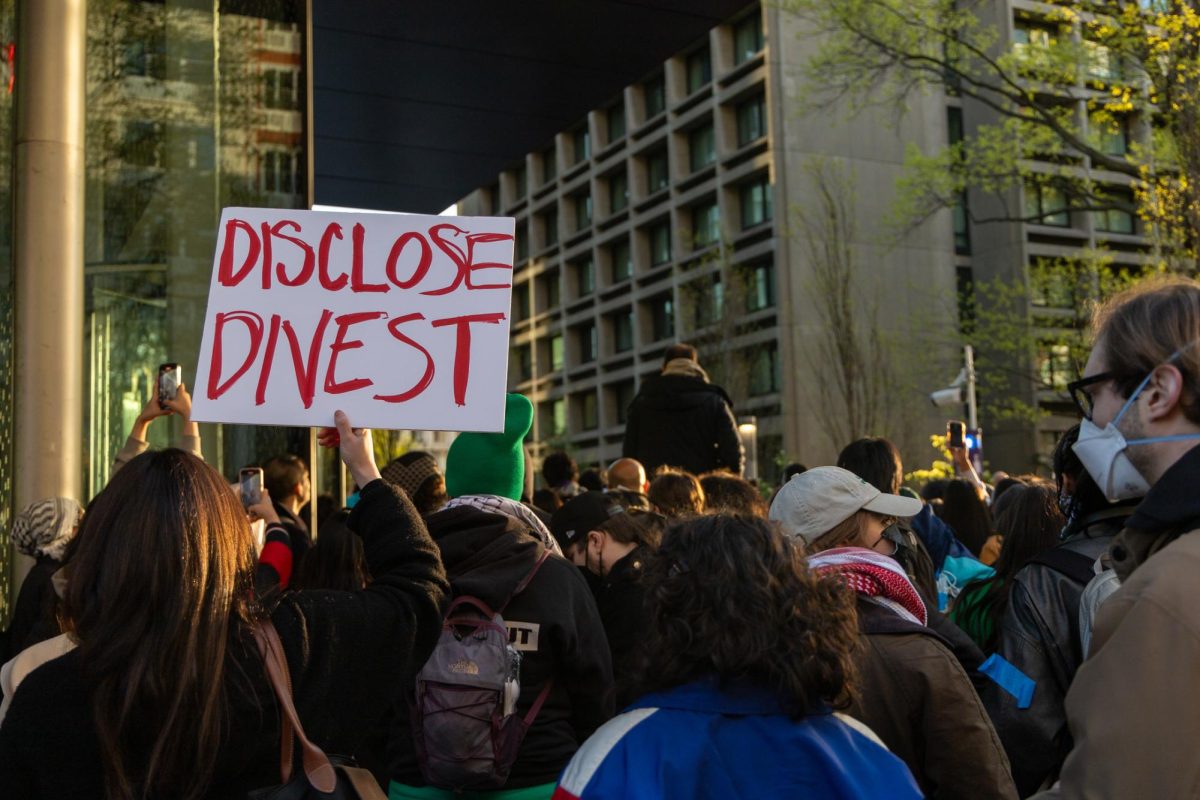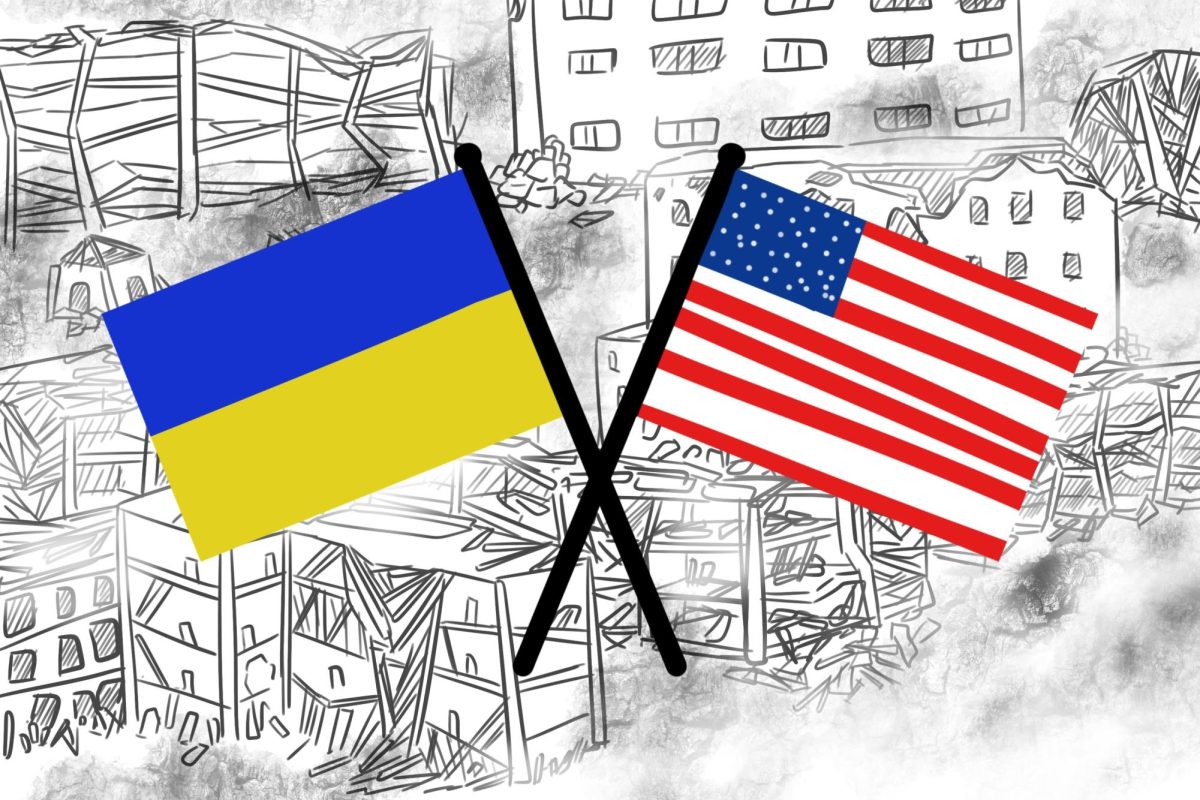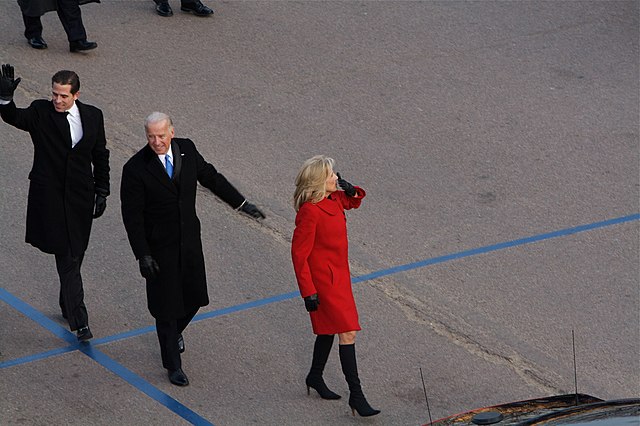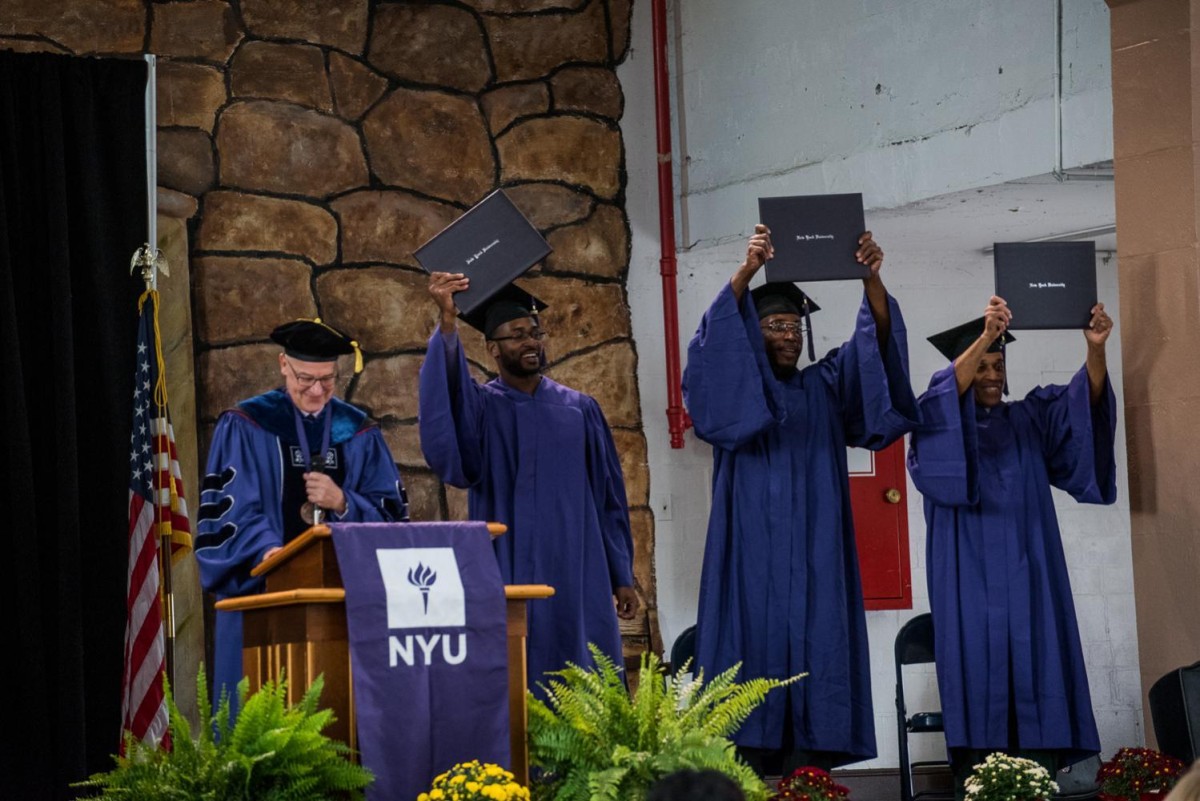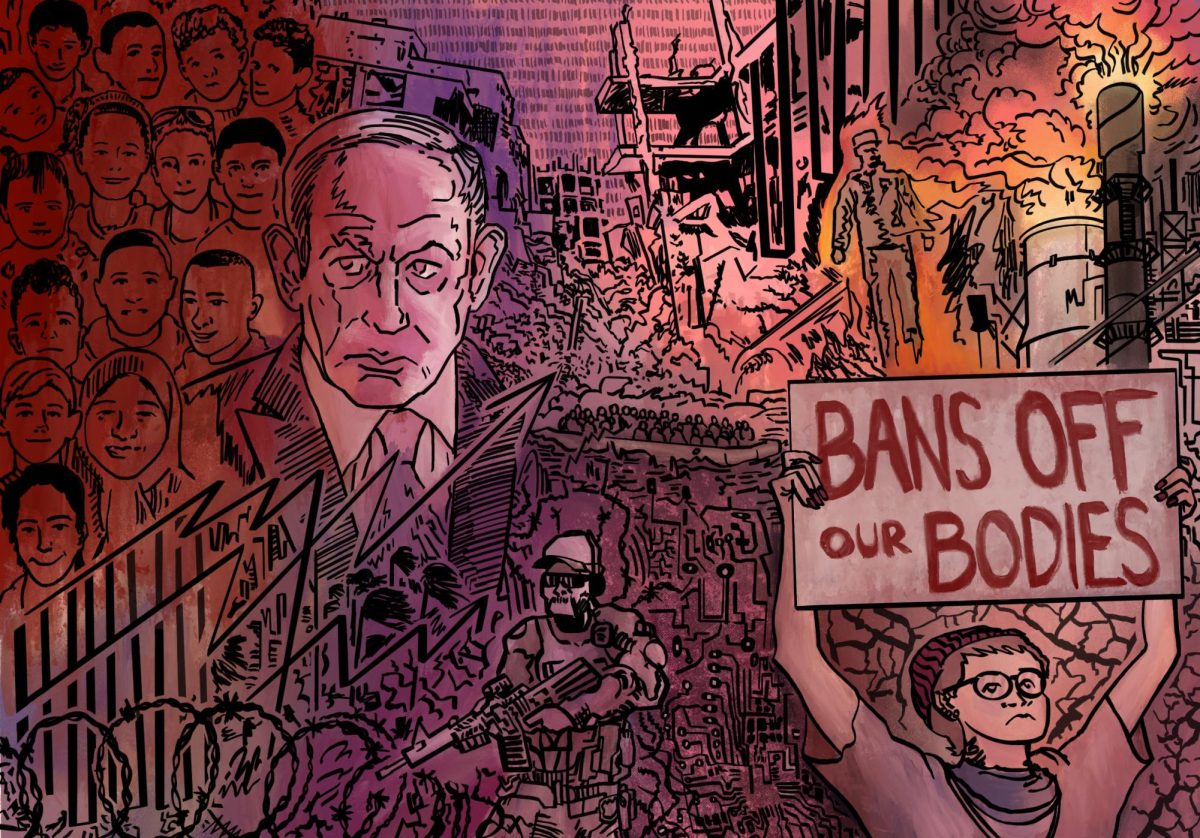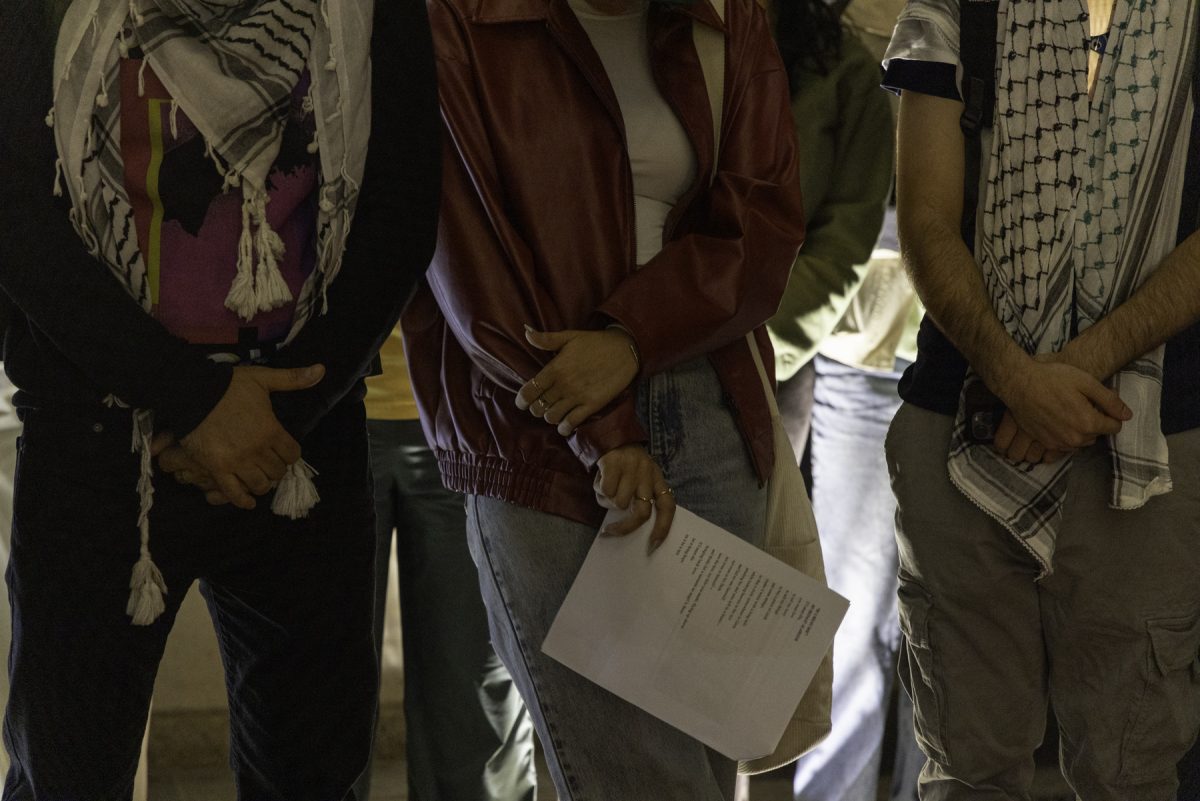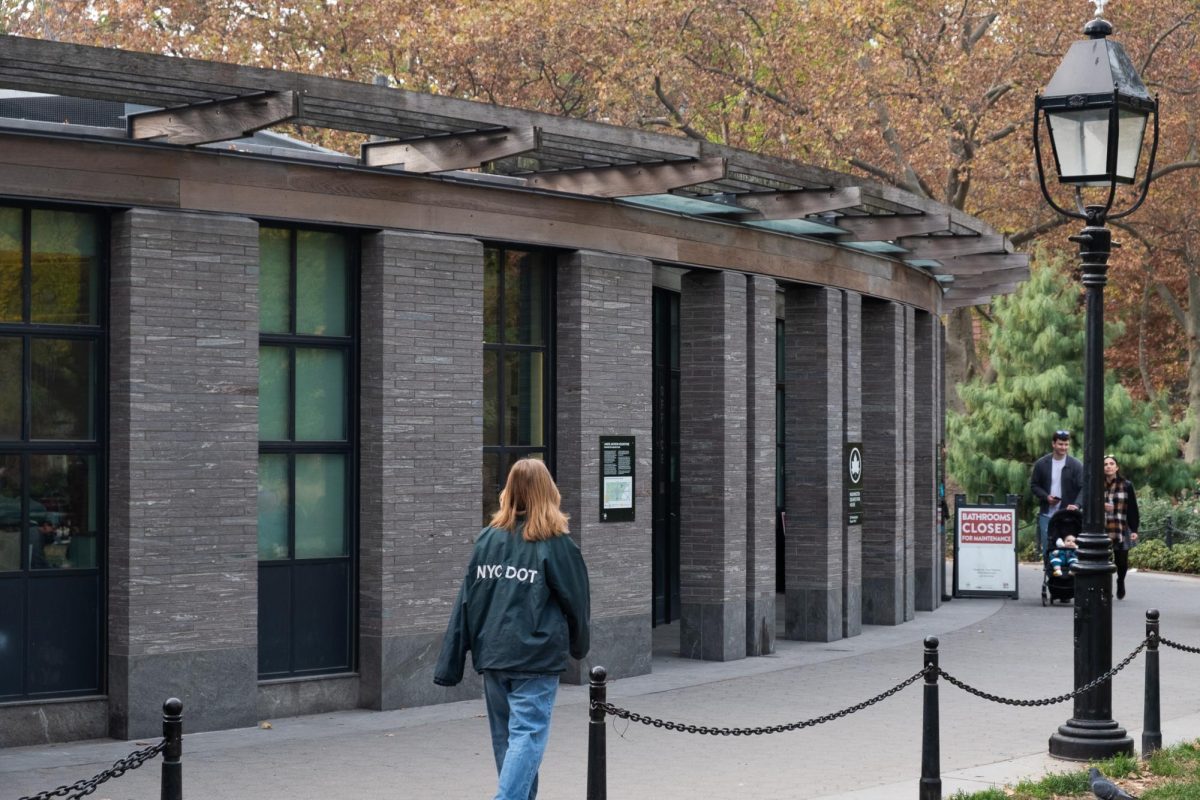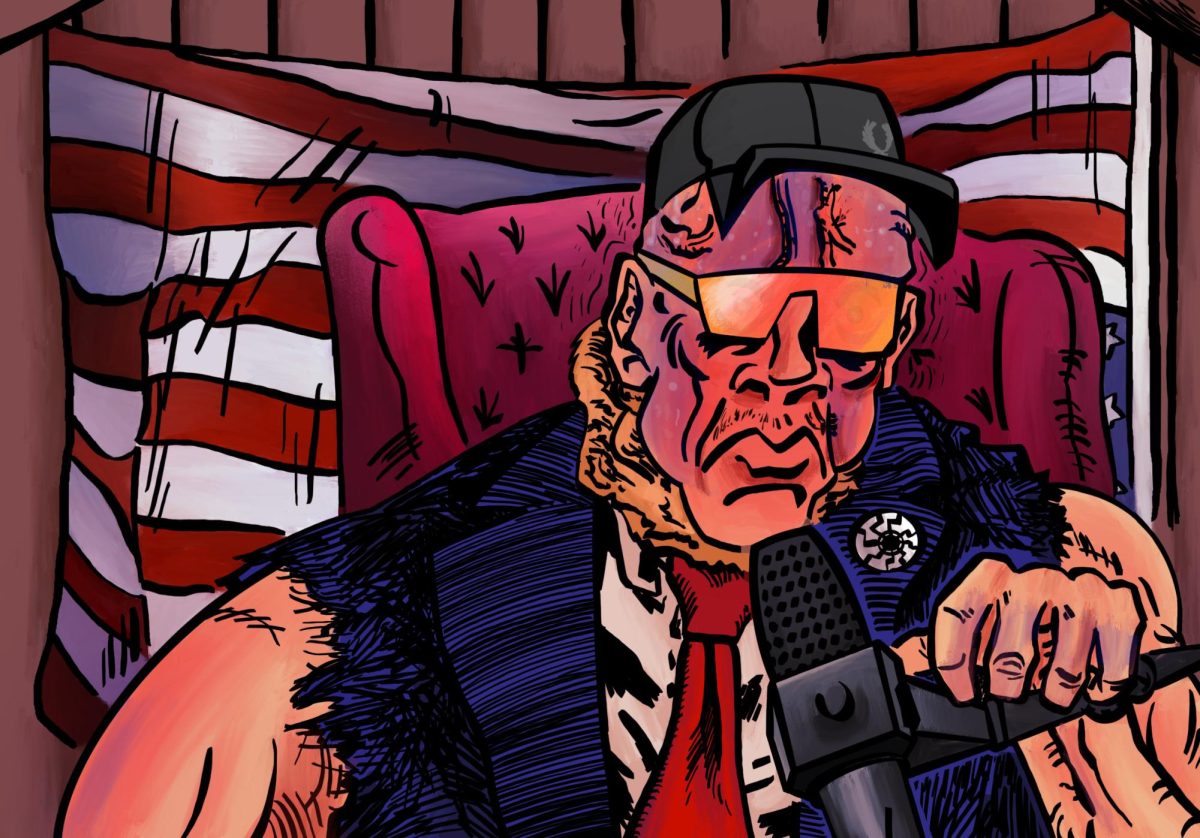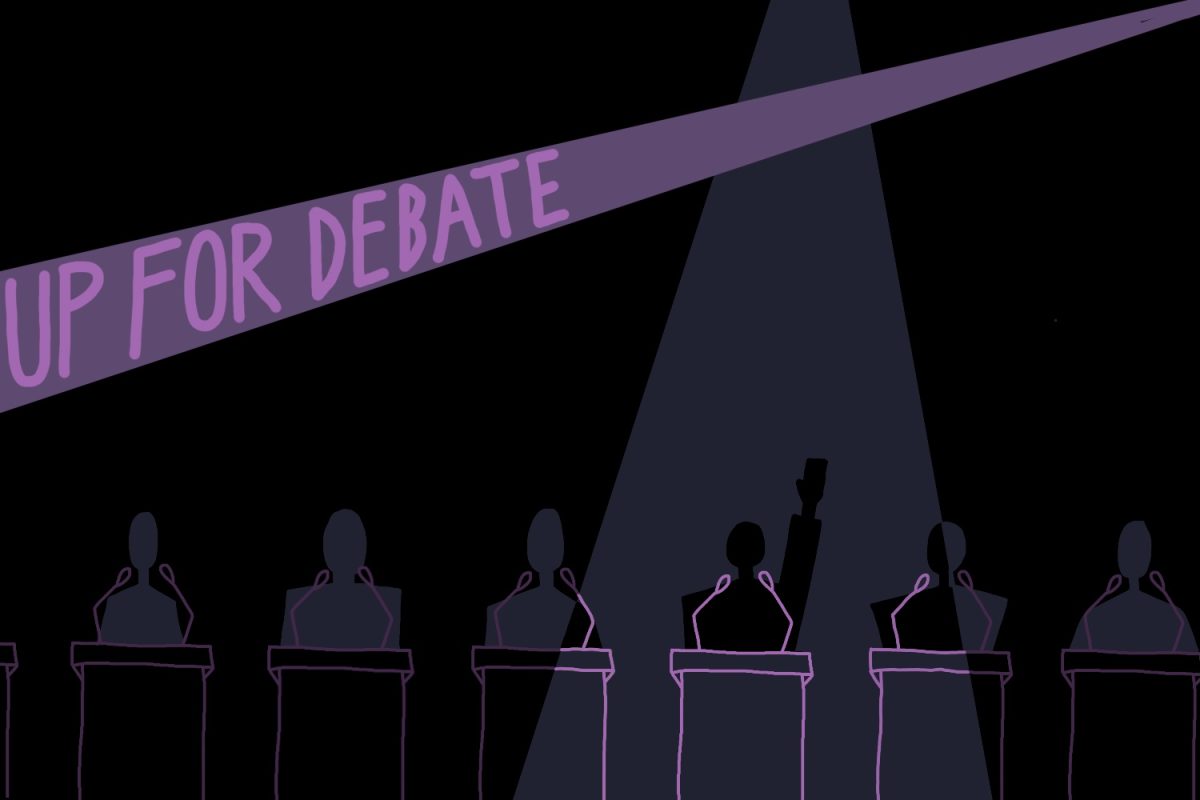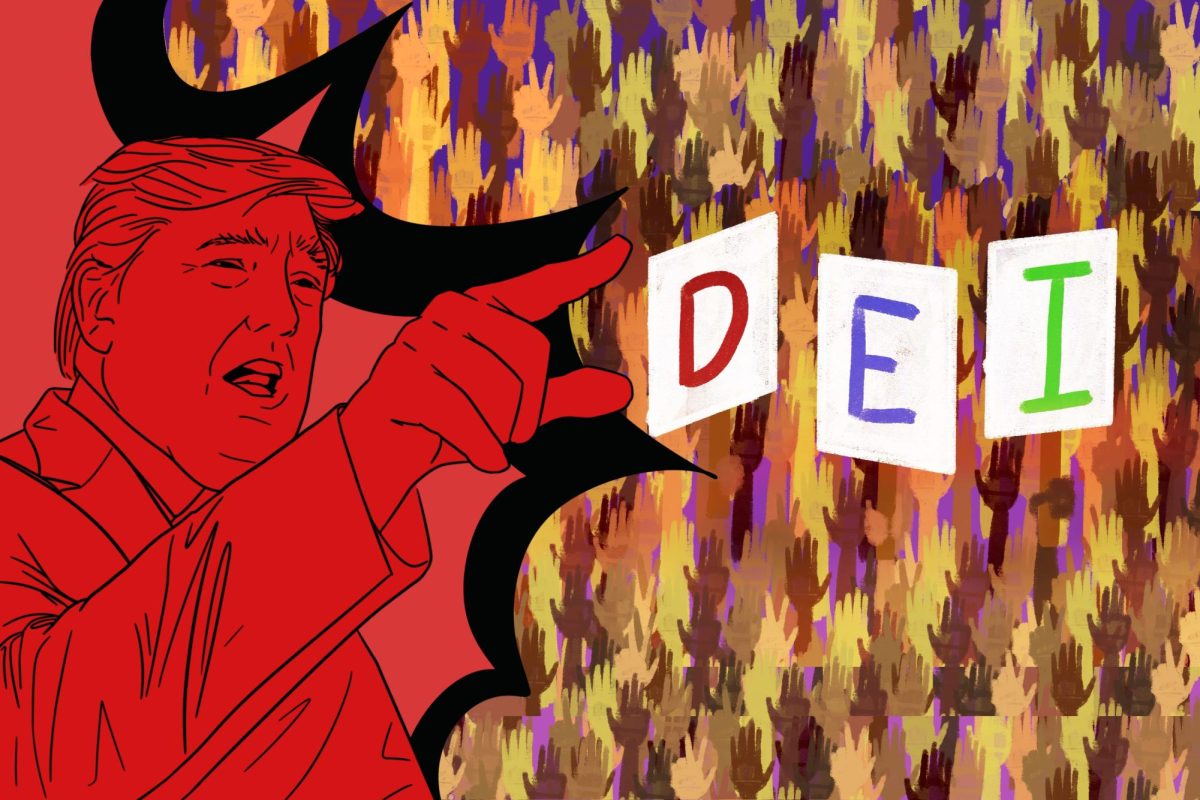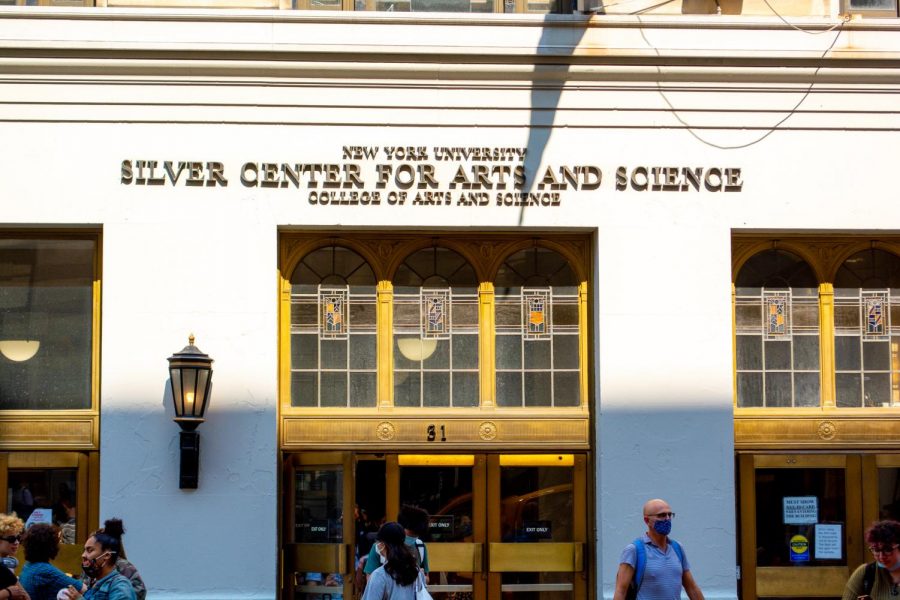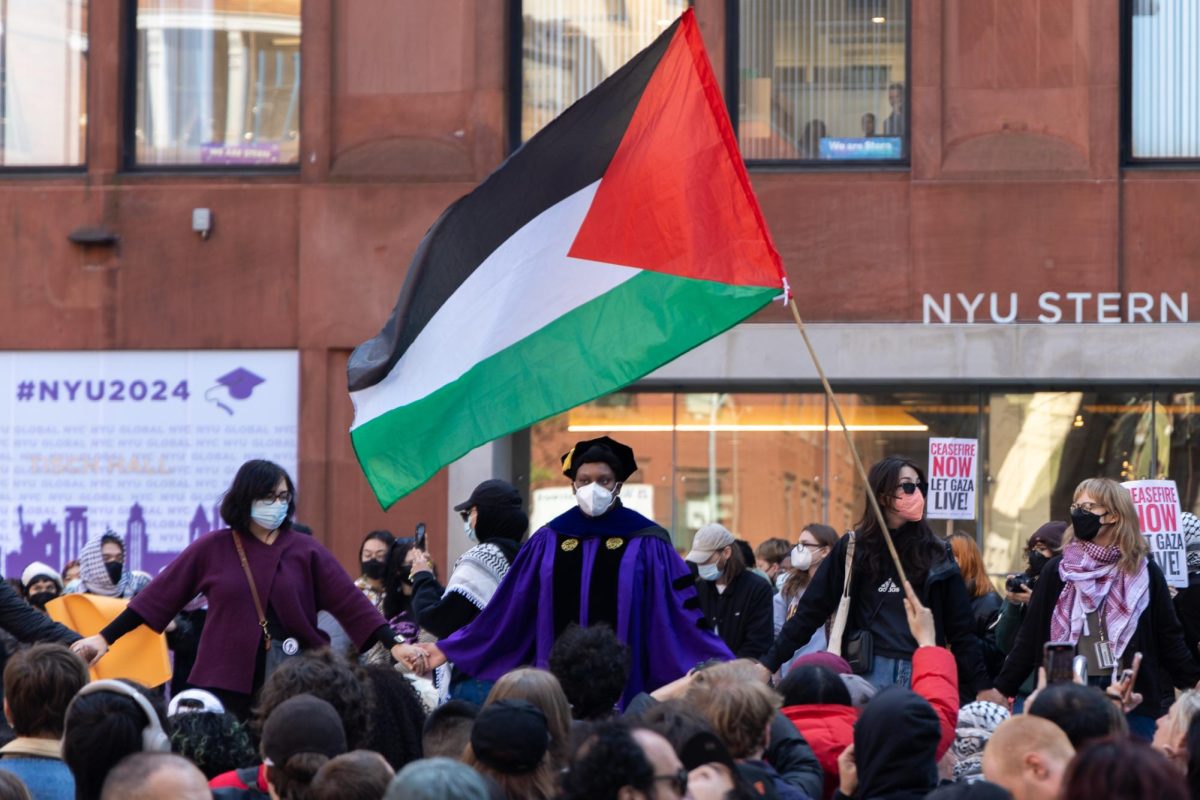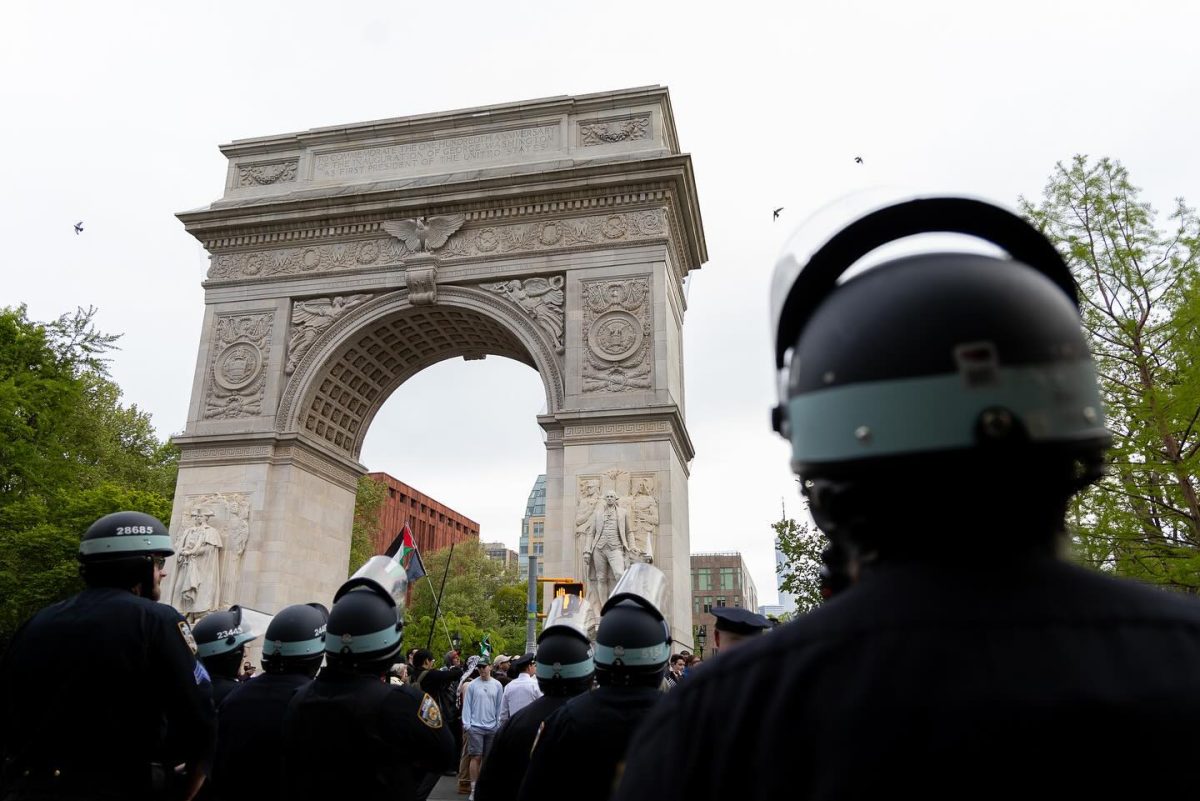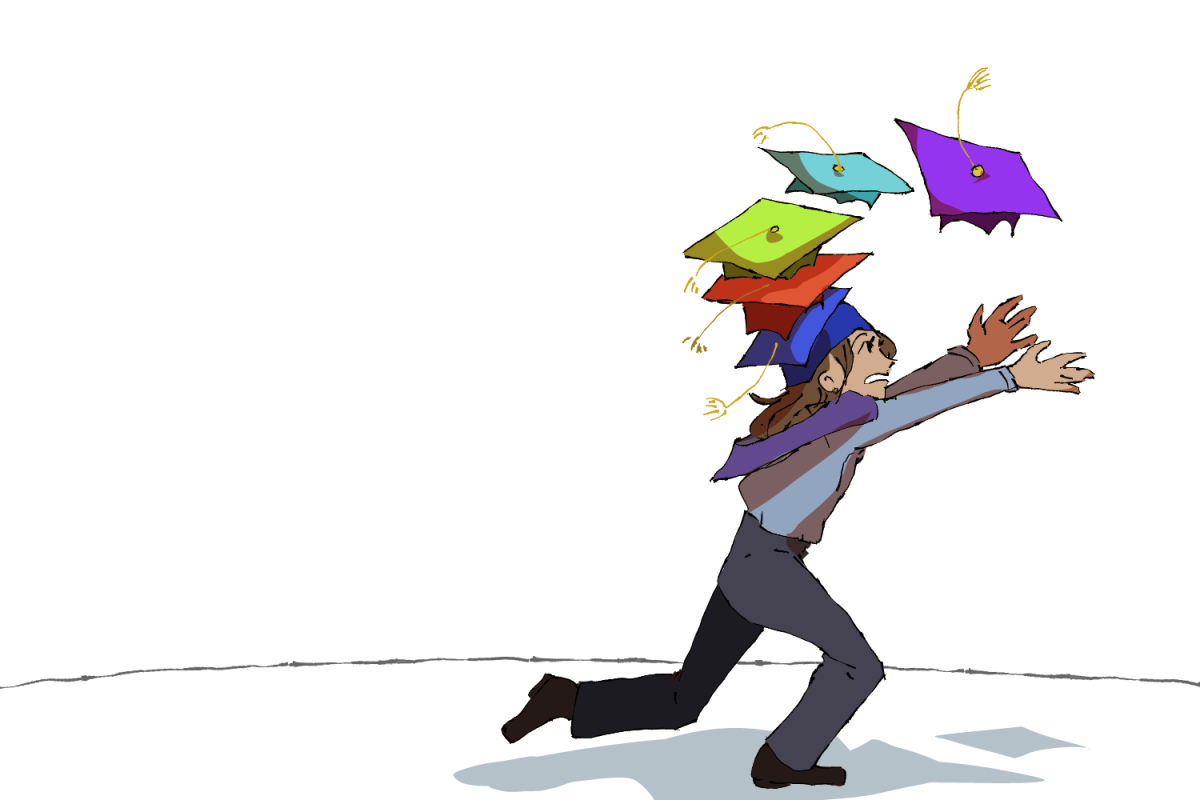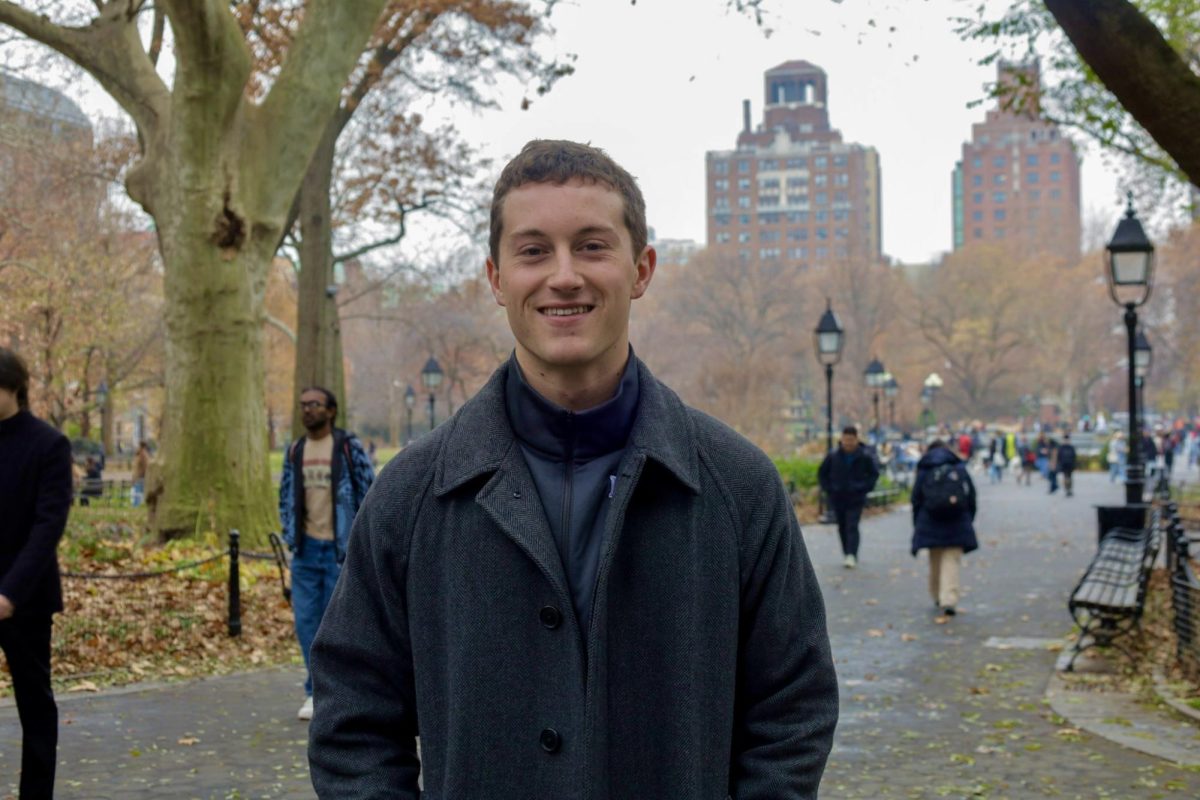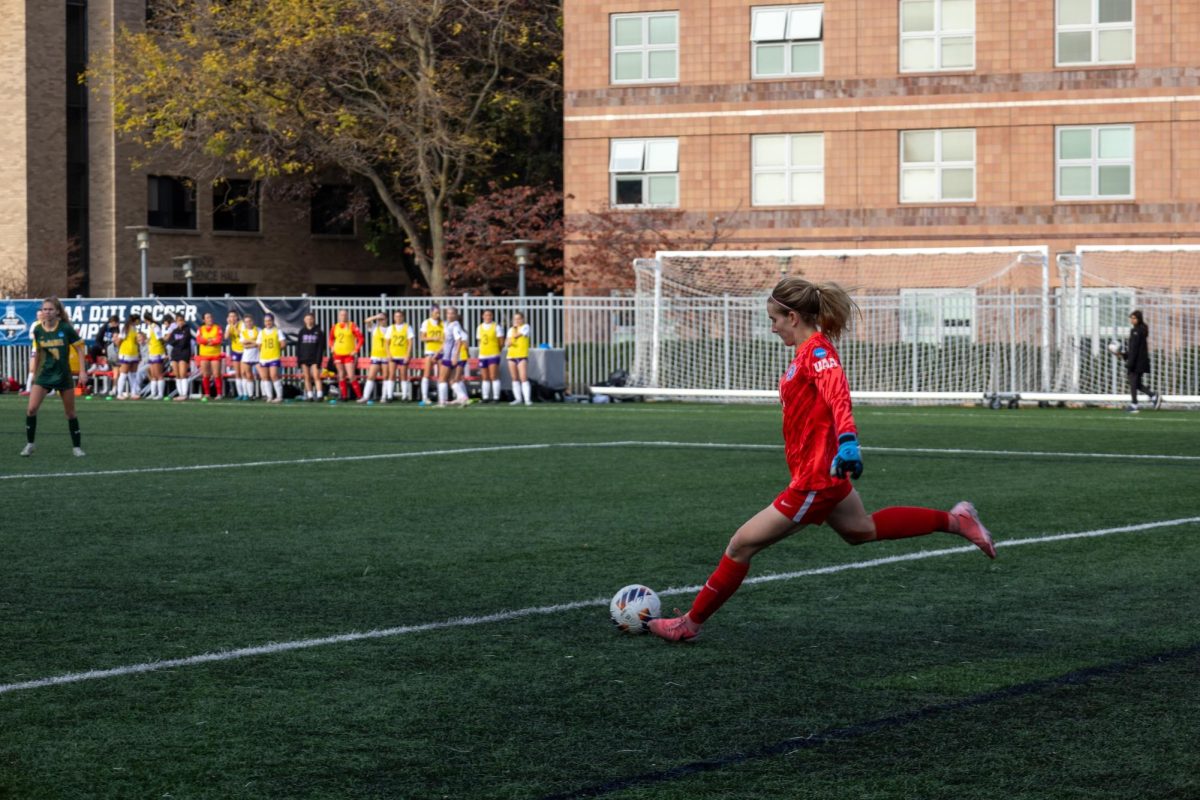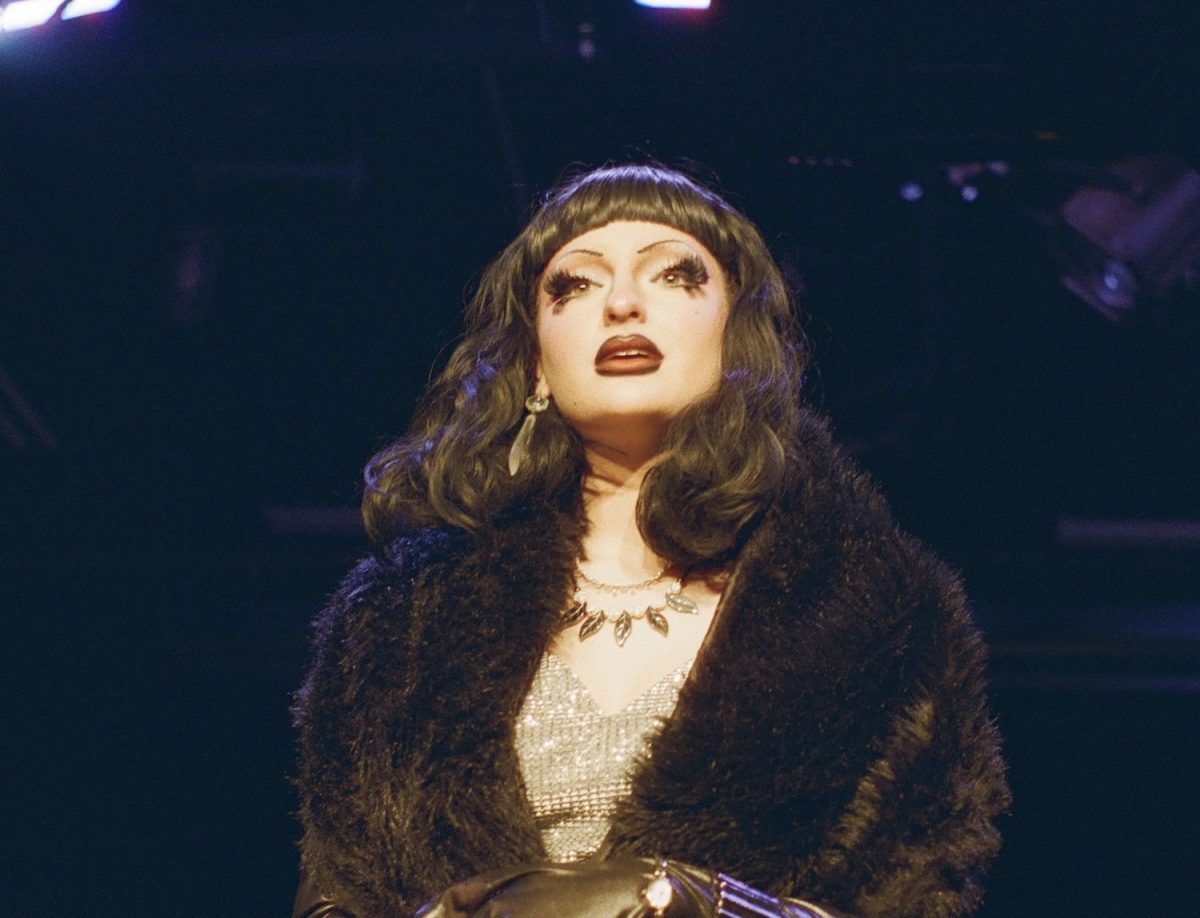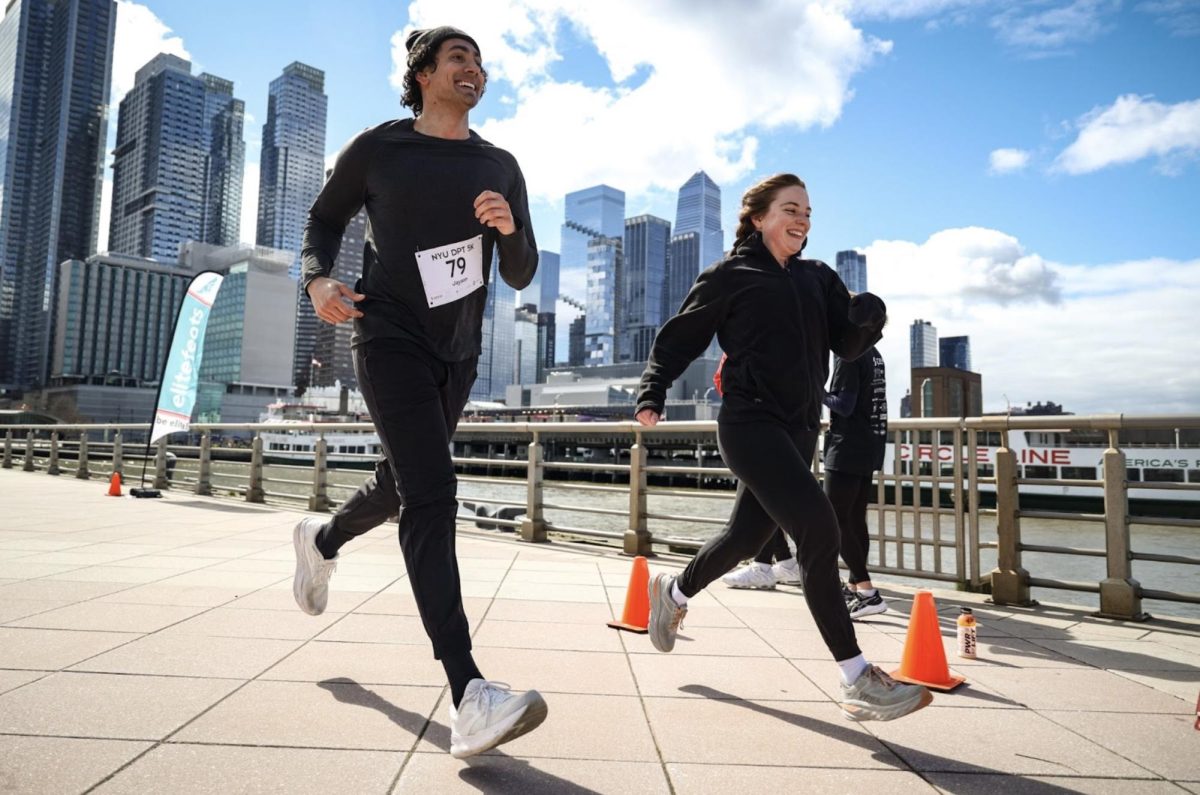Mink hats, biting wintery cold and snowfall set the scene for “Anna Karenina’s” journey towards finding true love. In the new film adaptation of Leo Tolstoy’s 1877 novel, director Joe Wright and screenwriter Tom Stoppard seamlessly transform the book into a theatrical, intimate screen experience that demonstrates, as Stoppard puts it, “love in all its forms.”
“Karenina” tells the story of Anna (Keira Knightley) a nurturing mother and the faithful wife of a well-respected government official (Jude Law). On a train ride to visit her brother Oblonsky (Matthew Macfadyen) — who has recently cheated on his wife, Dolly (Kelly Macdonald) — Anna meets a cavalry officer named Vronsky (Aaron Taylor-Johnson), with whom she eventually develops an affair.
The romantic entanglements become even more complicated when Oblonsky’s best friend Levin (Domhnall Gleeson) comes to visit, too. Even though he seeks the affection of Dolly’s younger sister, Kitty (Alicia Vikander), she is actually in love with Vronsky.
The film is not “another period movie,” as explained by Wright, but rather a distinctly theatrical interpretation of Tolstoy’s classic novel. Mostly shot in an 1870 Russian theater with enormous painted backdrops on the main stage, “Karenina” gives its audience a one-of-a-kind experience. Opening with an onstage scene, the film lures its viewers into imagining that they are in a theater. Viewers’ imaginations are further tested as the film transitions to the countryside of Russia, a racetrack and a train, taking the audience out of the theatrical experience, and back to more traditional film settings.
Knightley’s performance is especially solid, effectively capturing Anna’s psychological turmoil. As the movie progresses, Anna becomes almost Medusa-like: her wavy, chocolate-brown locks spread out like snakes. The character’s growing unattractiveness is a powerful representation of the way her adultery has caused her to be shunned by polite society.
Macfadyen provides comic relief, while Law gives Anna’s story gravity. Her actions are a challenge not only to his status as a dignified statesman, but also to Anna’s high status as his wife. Taylor-Johnson’s seductive acting is enough to make any girl fall head over heels for Vronsky as Kitty does. Vikander’s performance is also deserving of praise. In her first English-speaking role, her innocent eyes and graceful body language from years of ballet make her performance believable.
But the theater in which most of the movie takes place also serves as a major character in its own right. Co-producer Tim Bevan remarked that “Anna’s odyssey is contained with the theater,” hence the film’s stylistic choice. While many of the other characters in the film are able to find true love with each other, Anna’s true love — the theater and the theatrics that come with it — are what lead to her own unfortunate demise.
A version of this article appeared in the Thursday, Nov. 15 print edition. Sofia Lizza is a contributing writer. Email her at [email protected].


